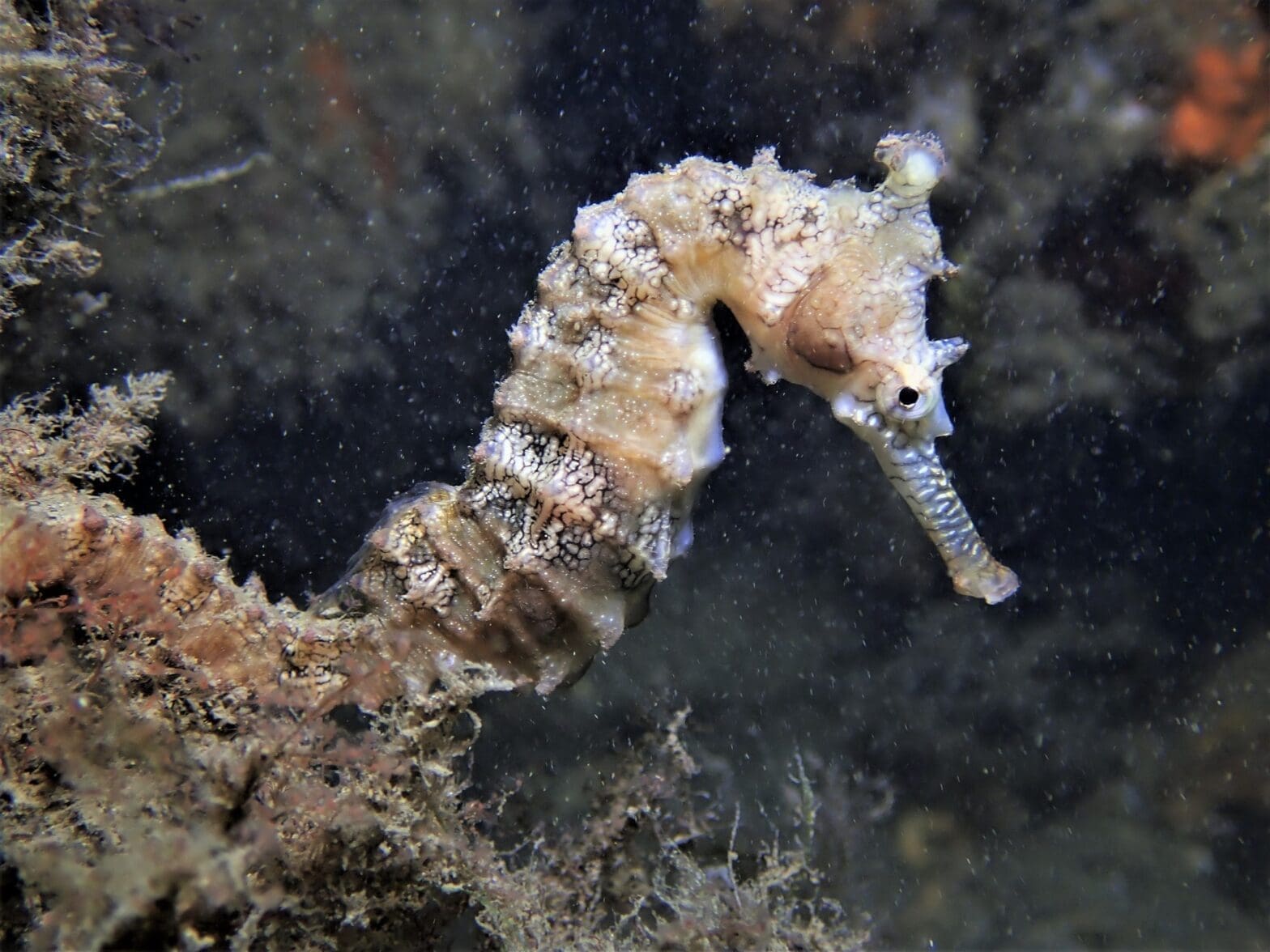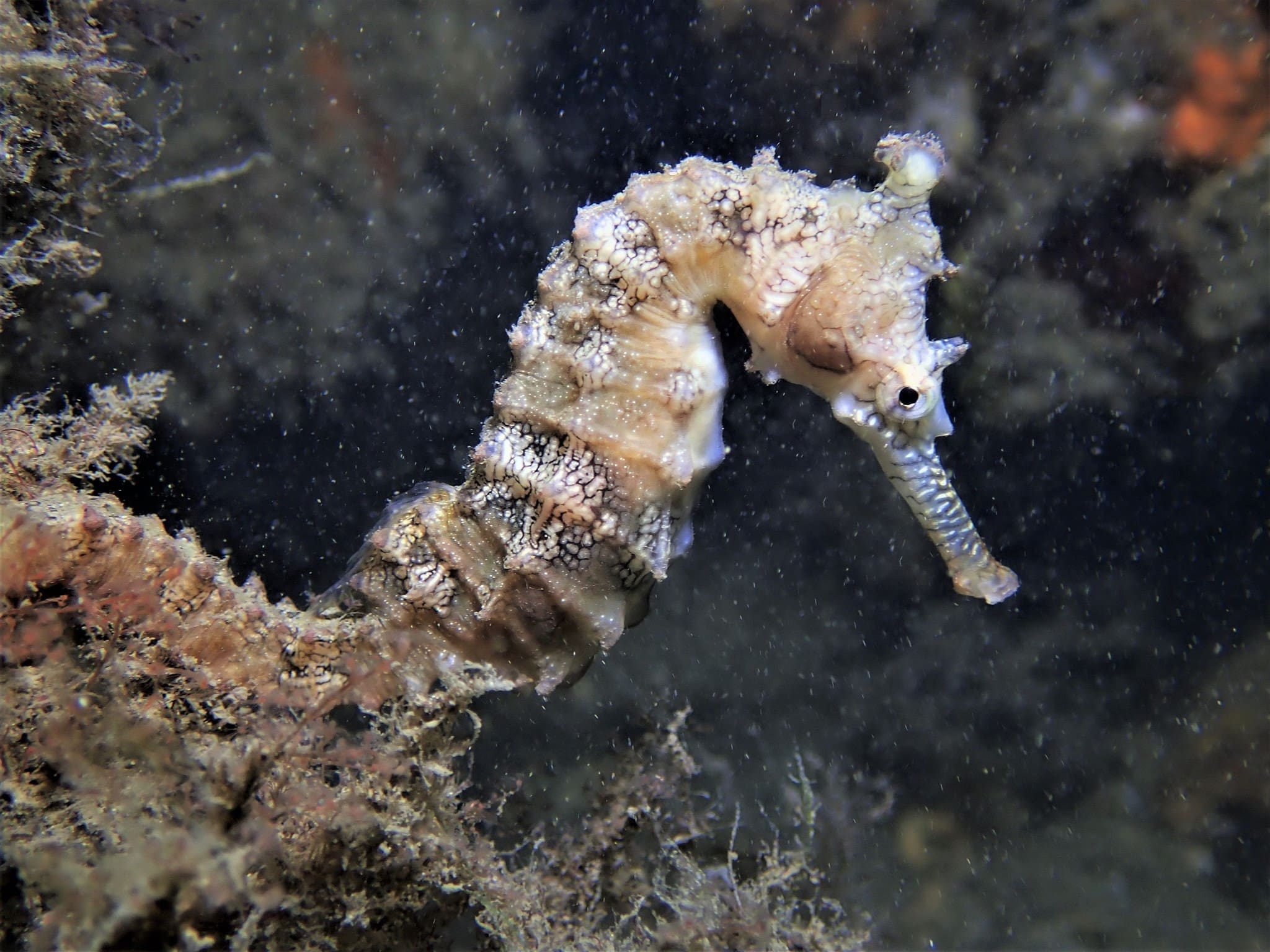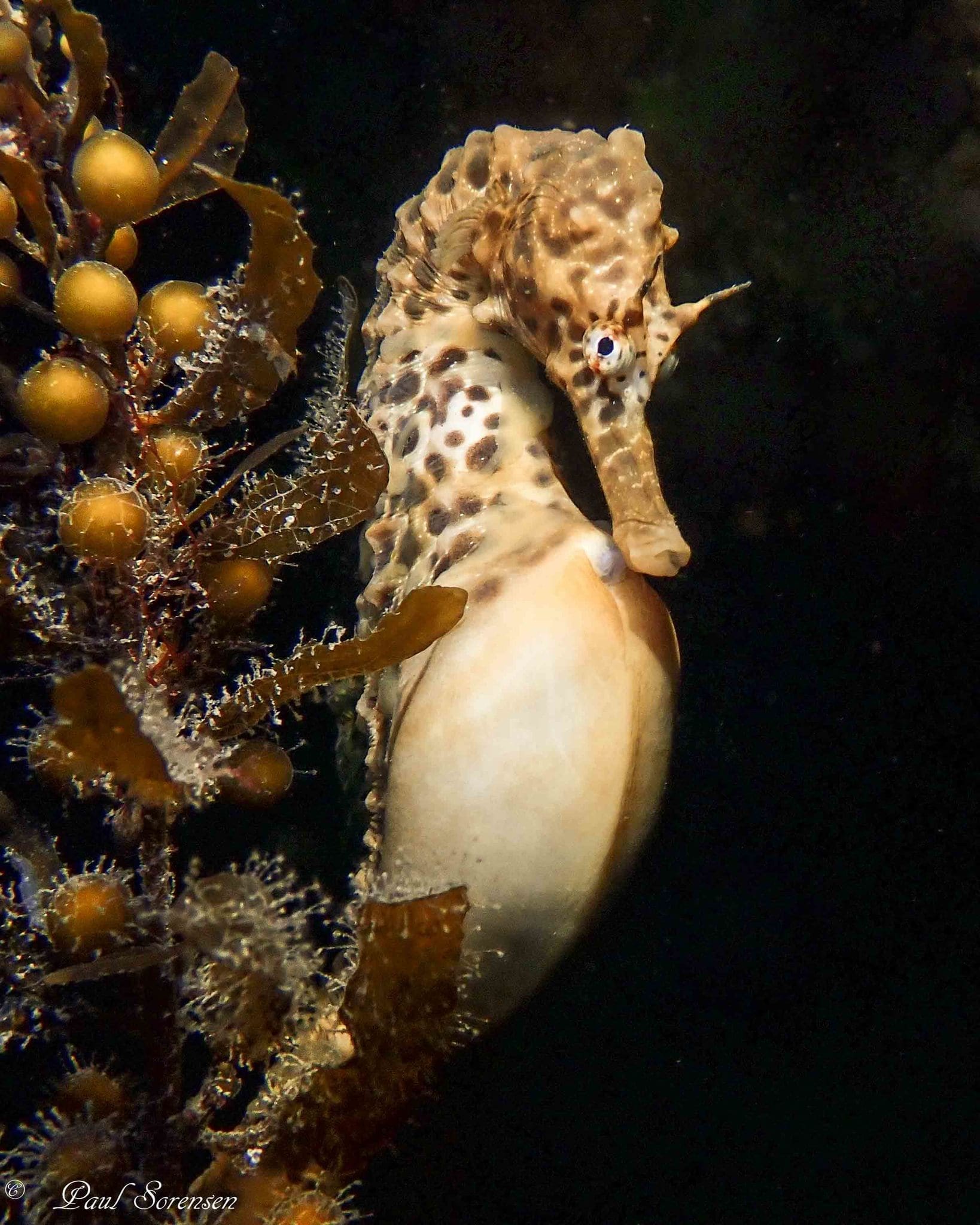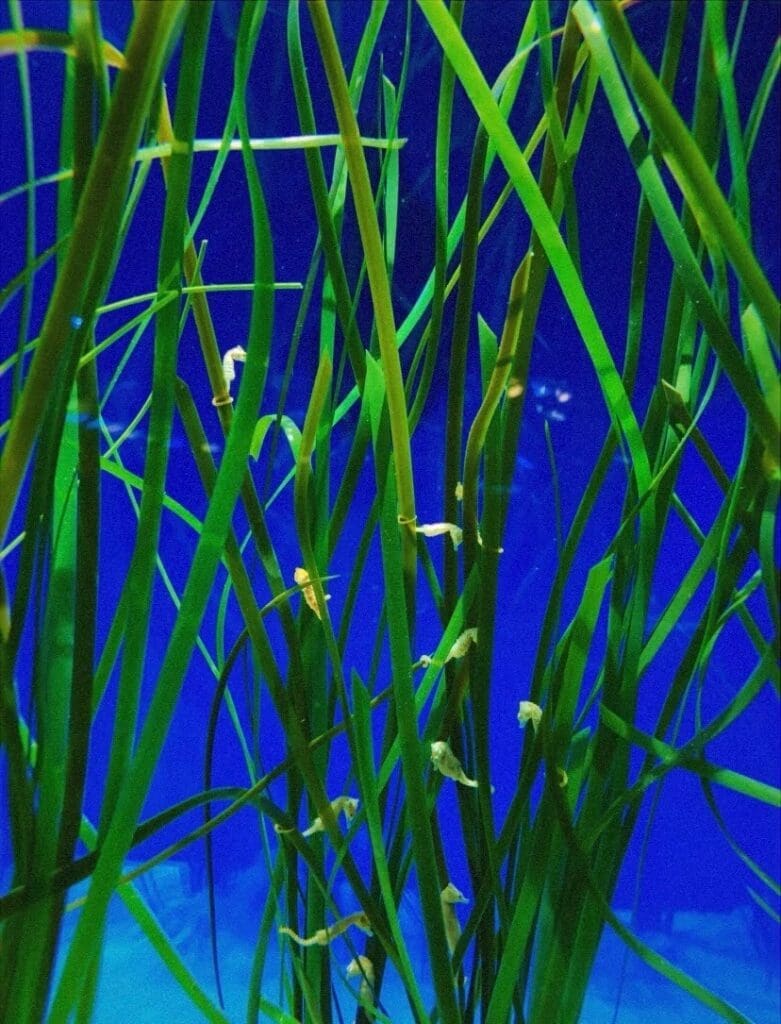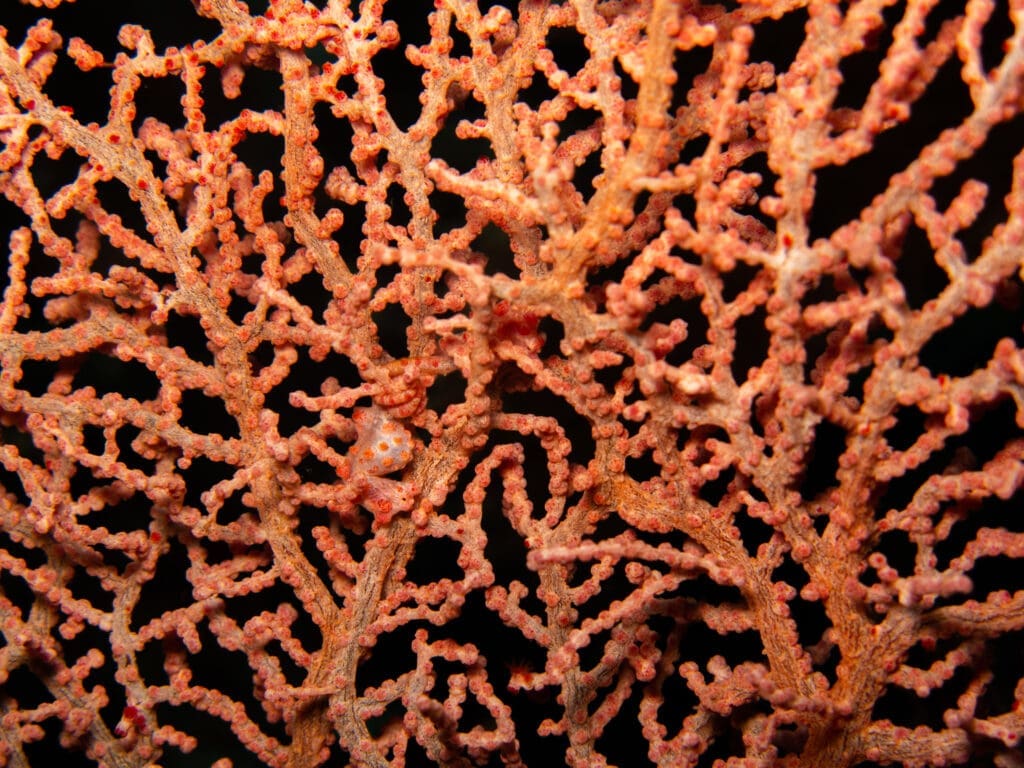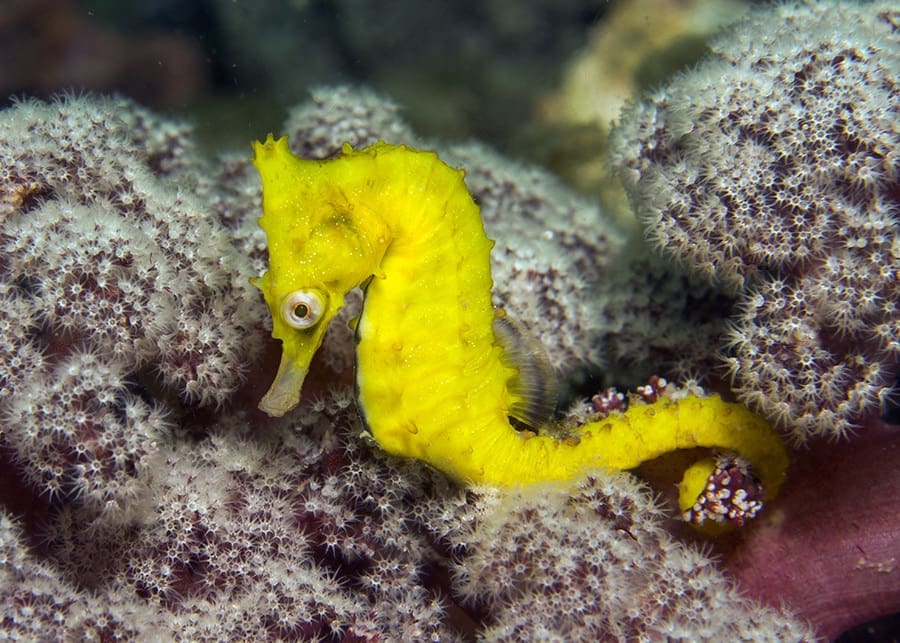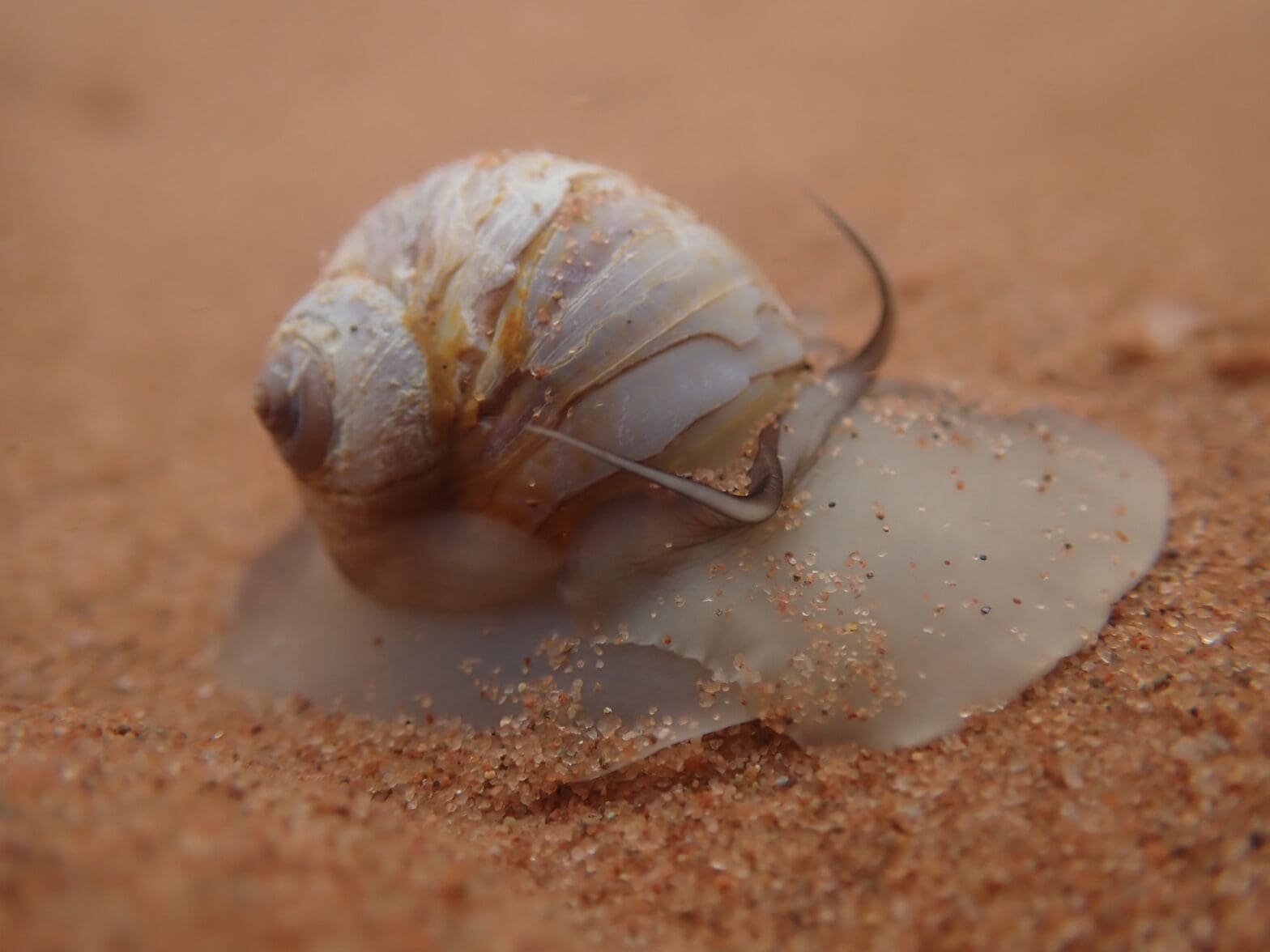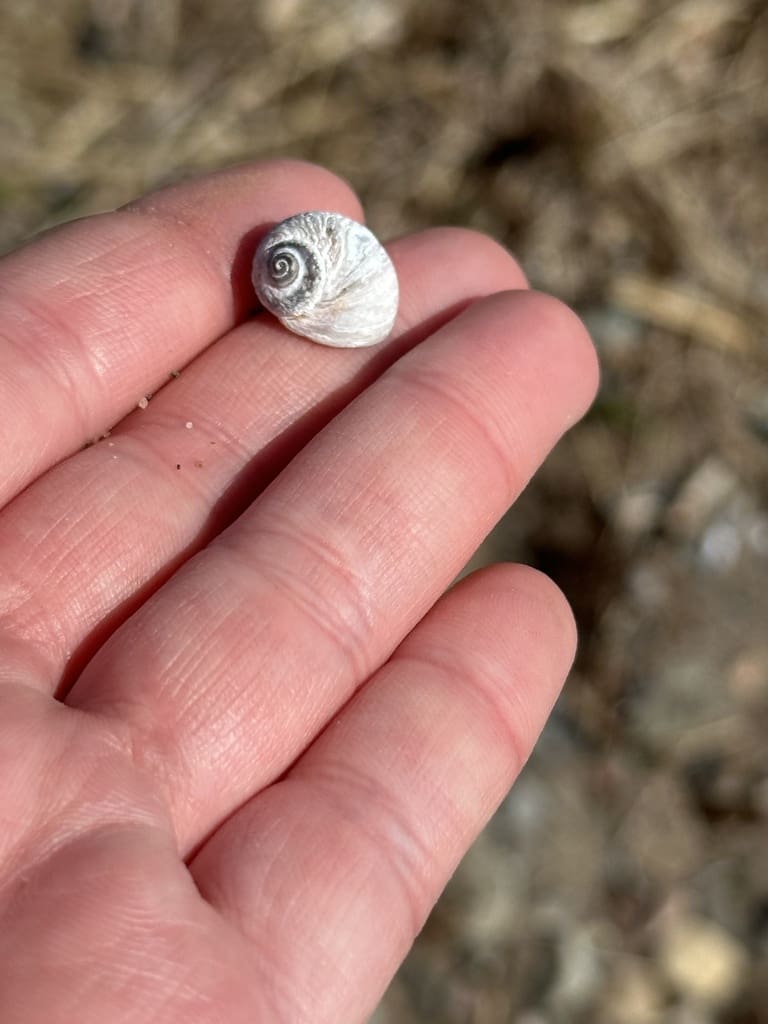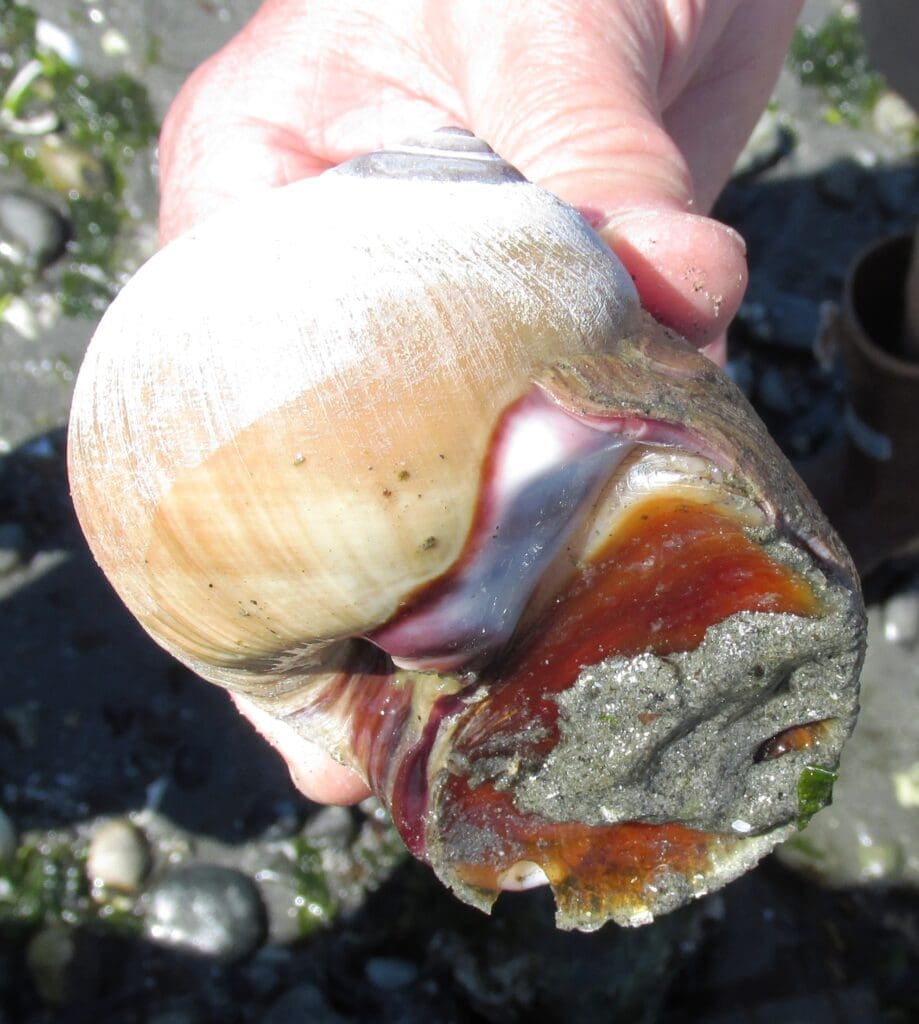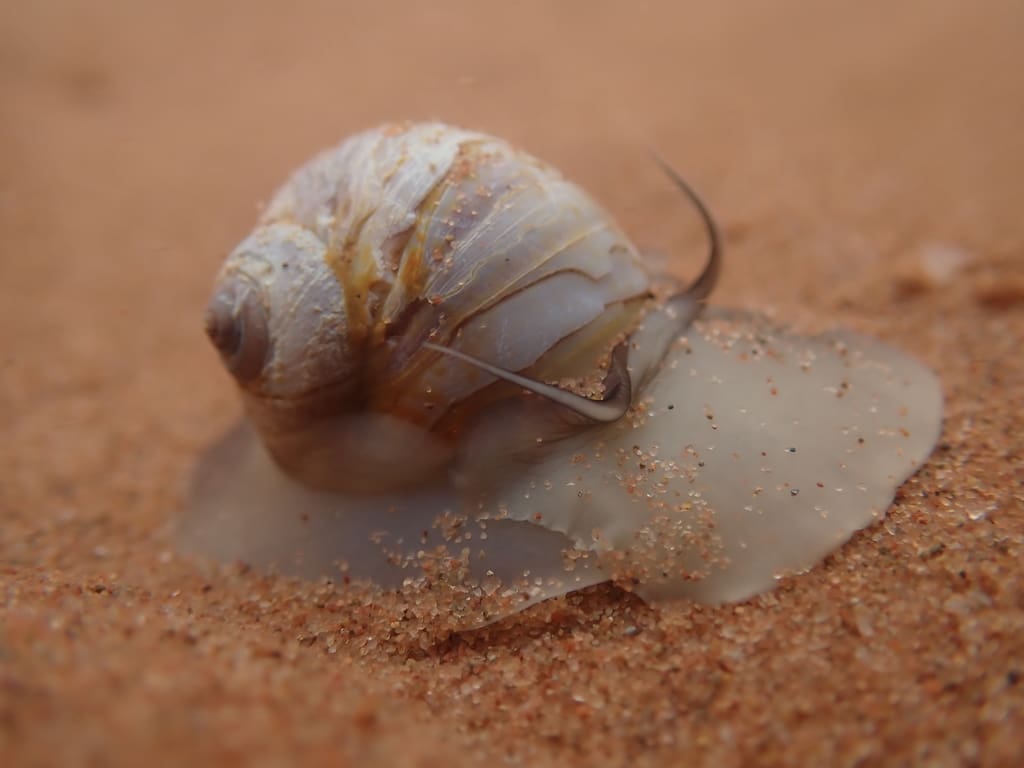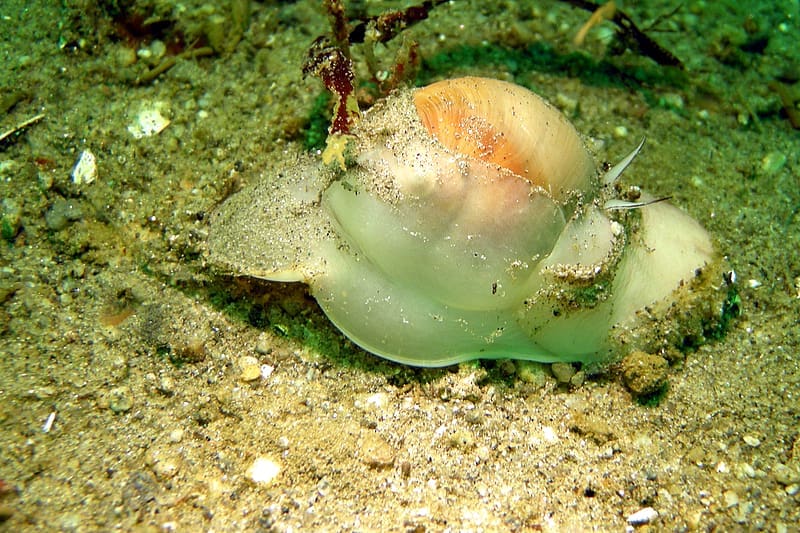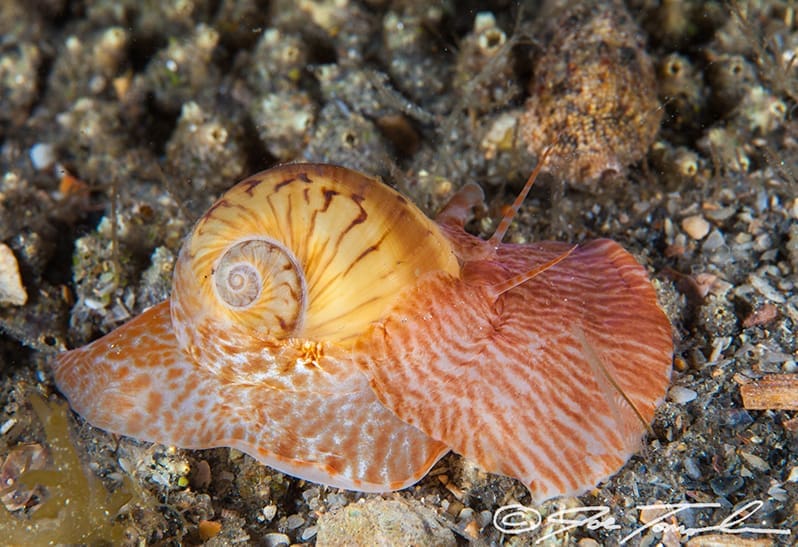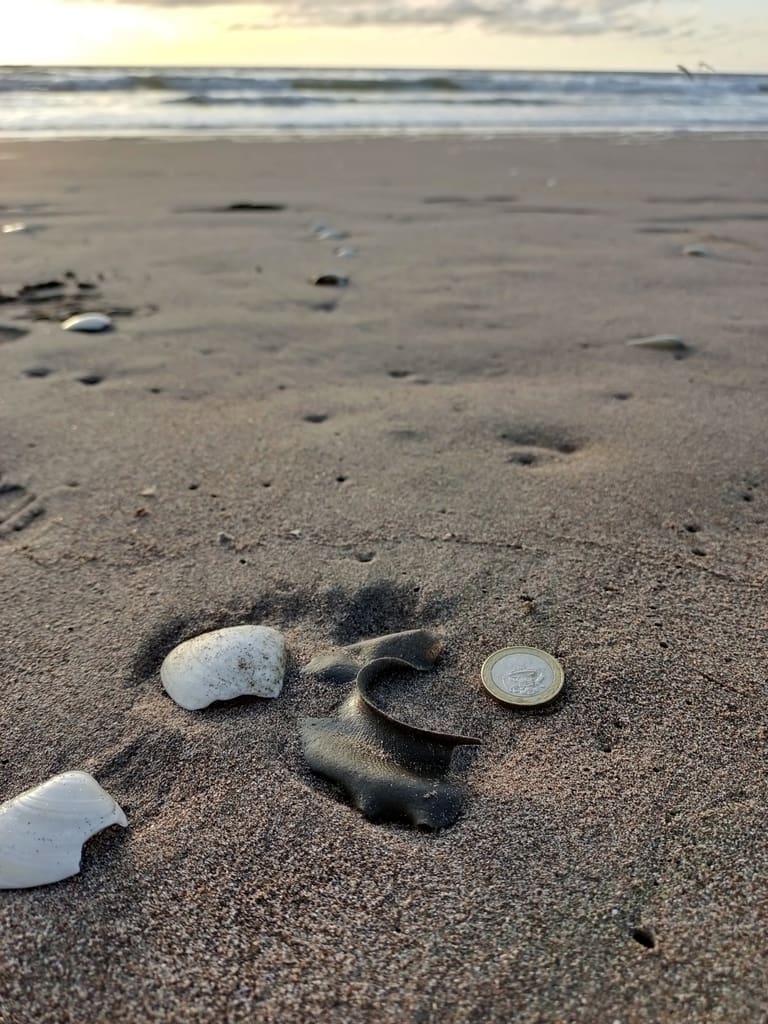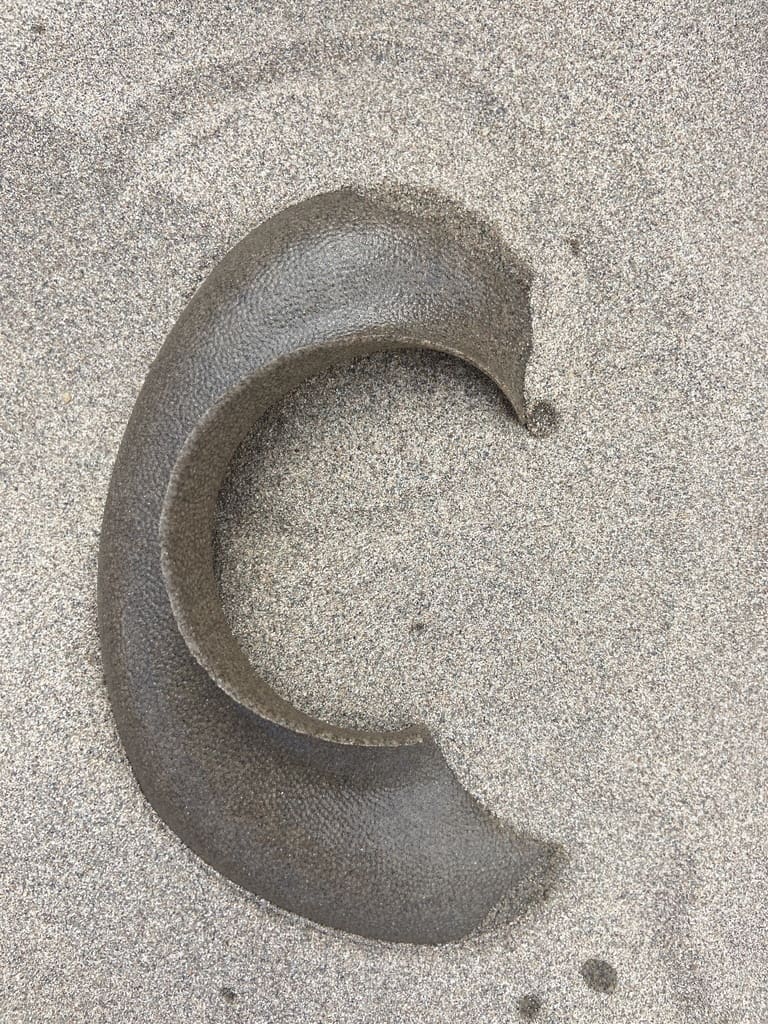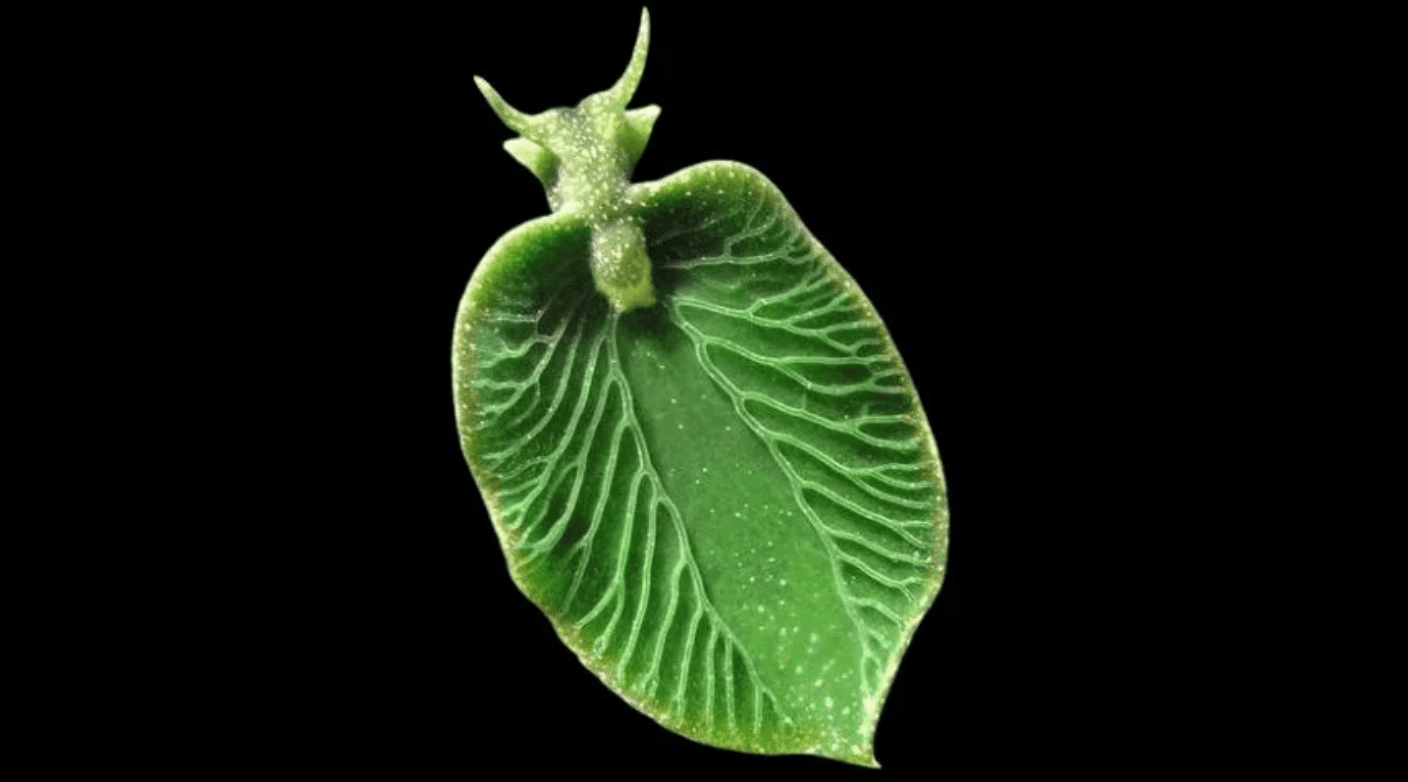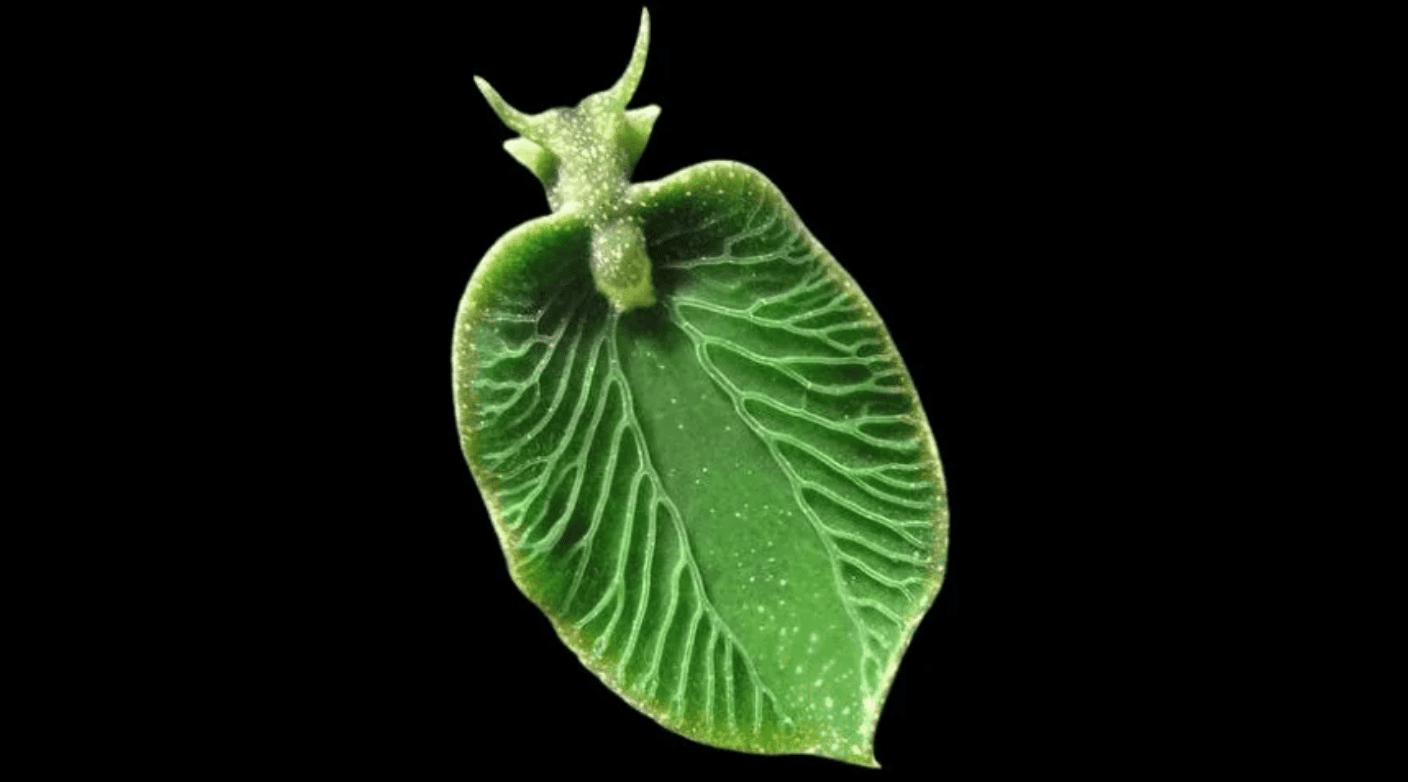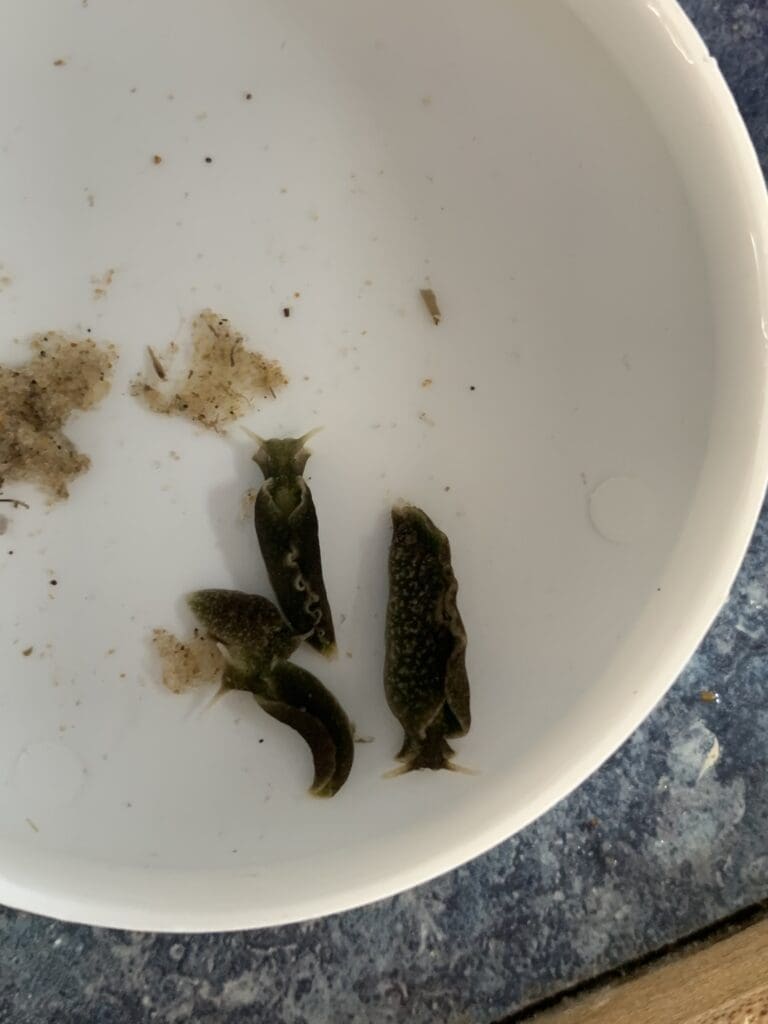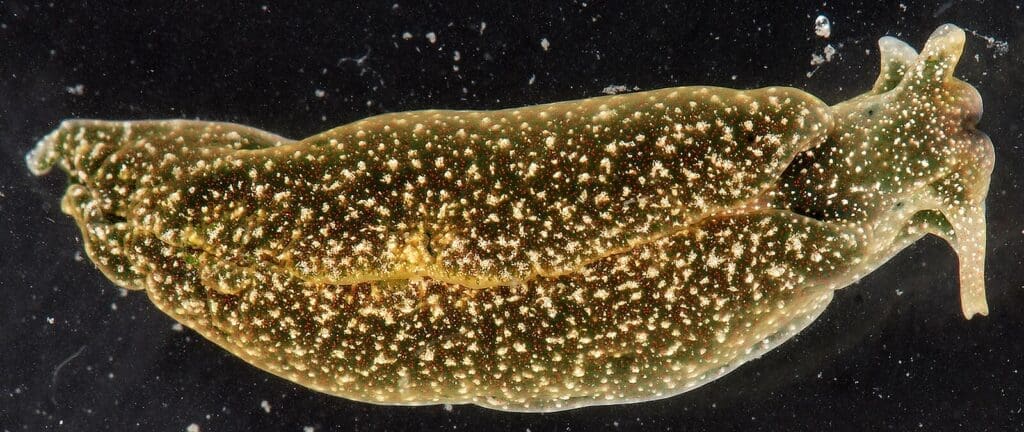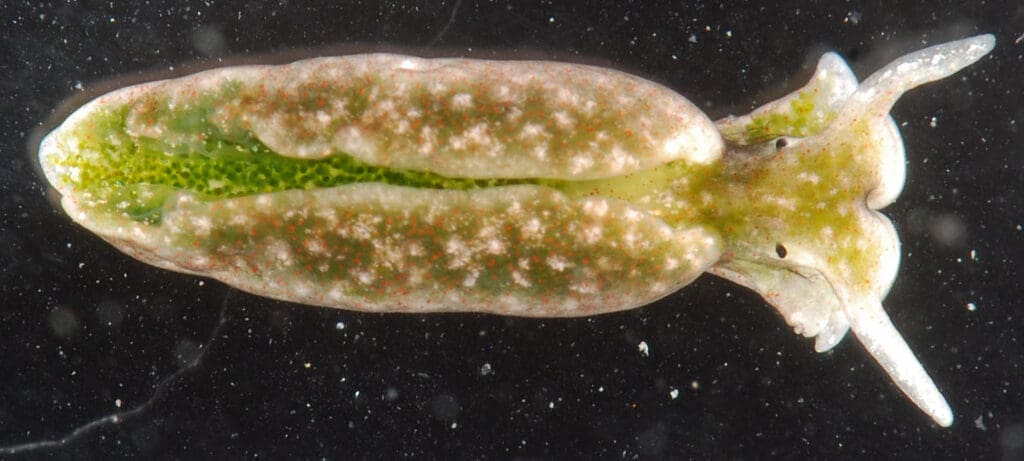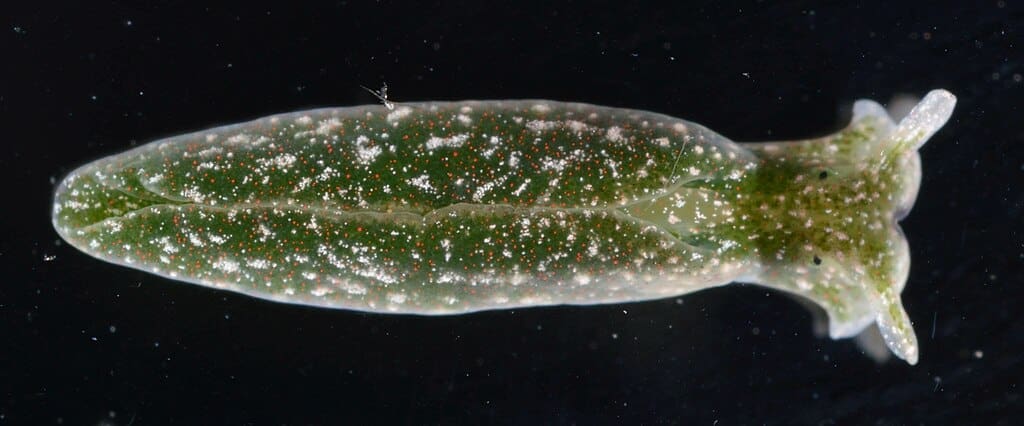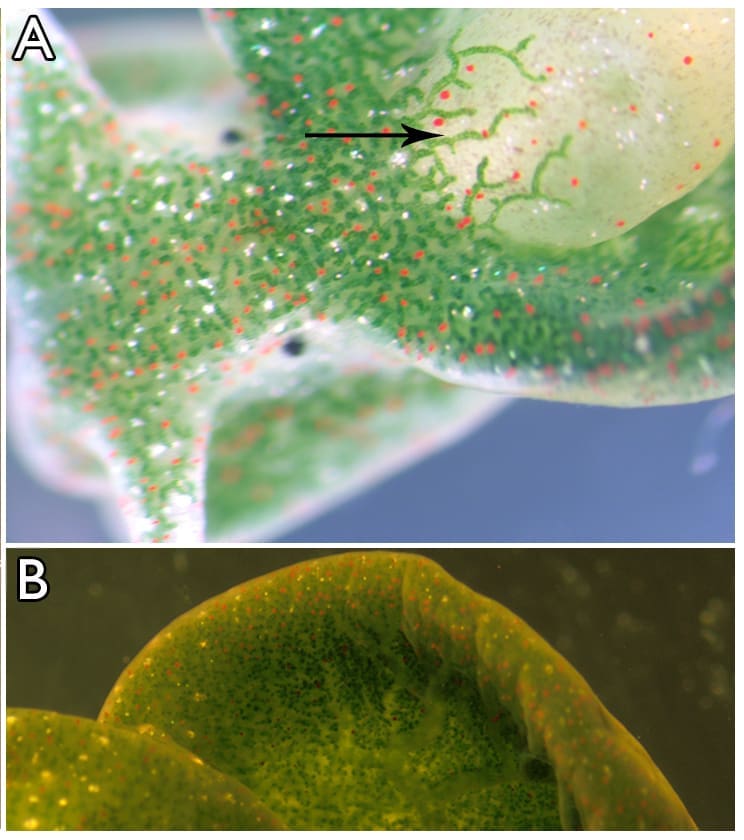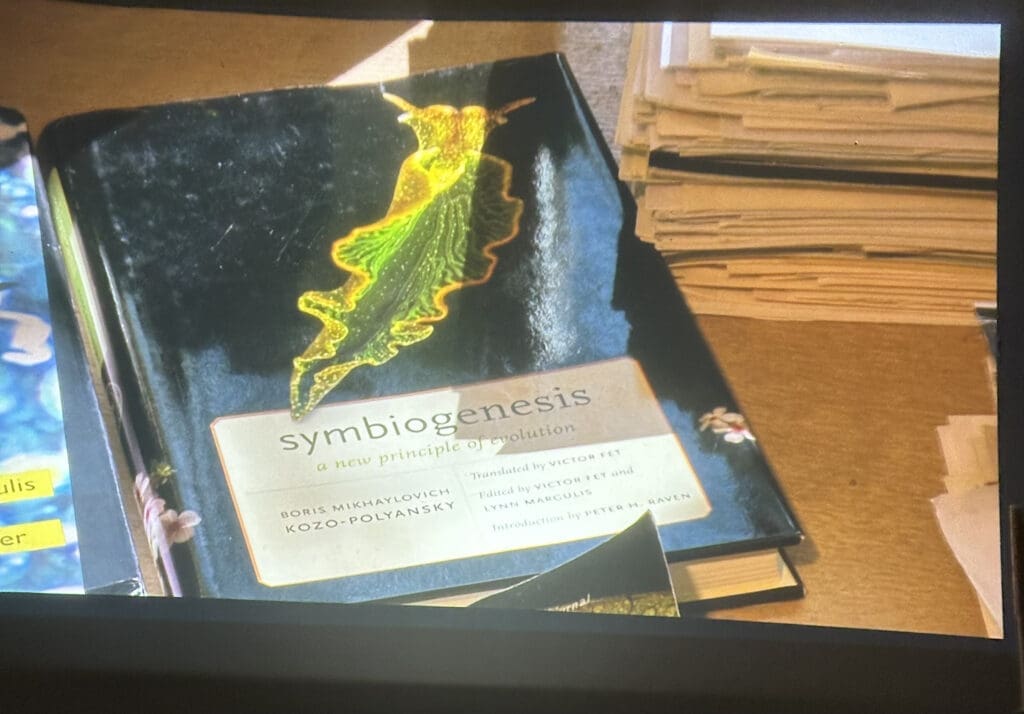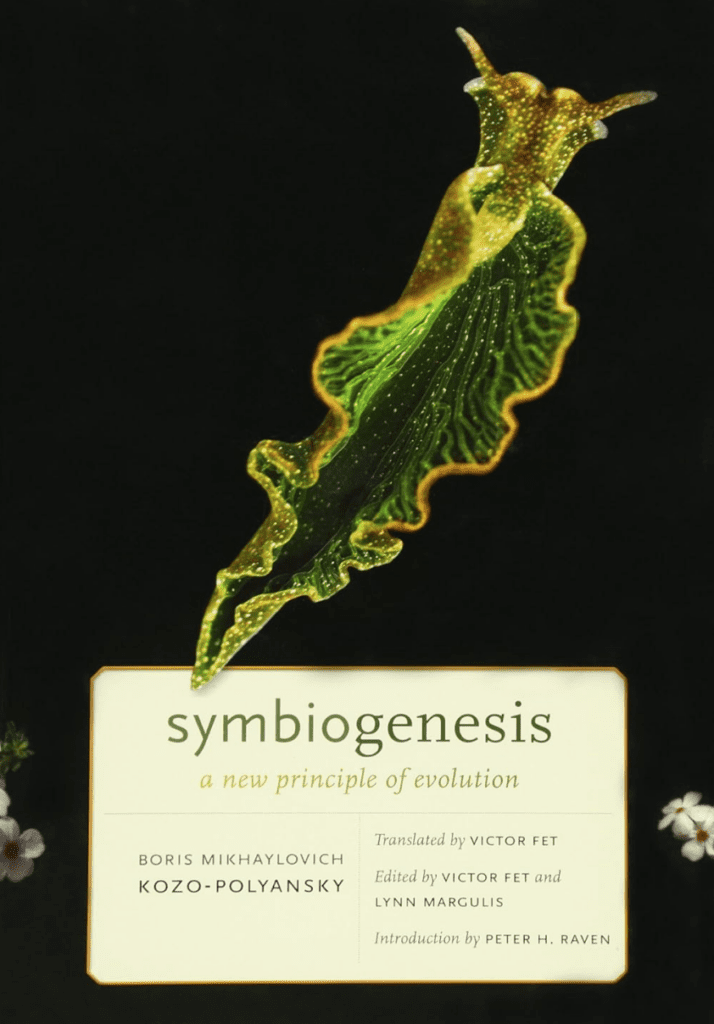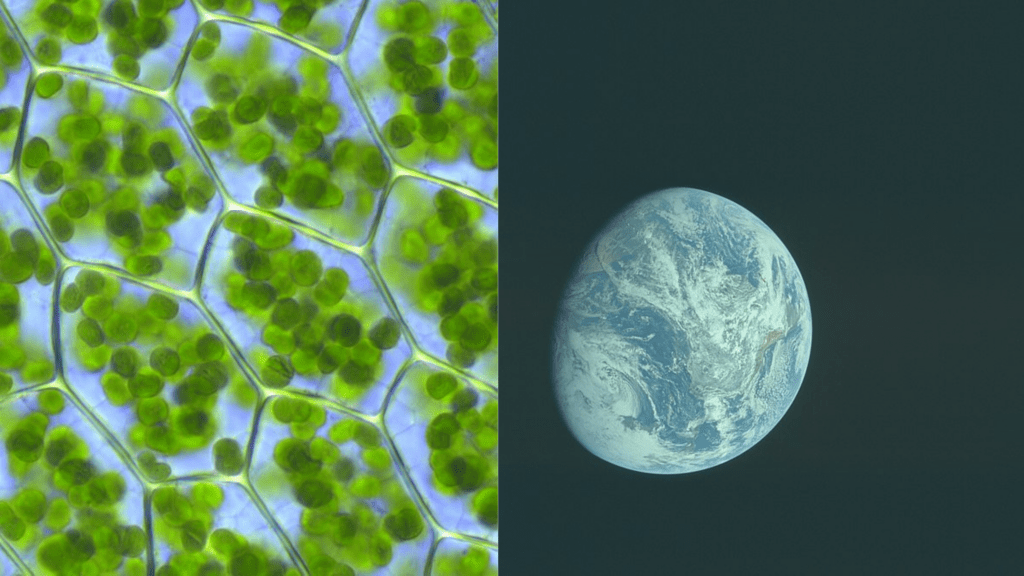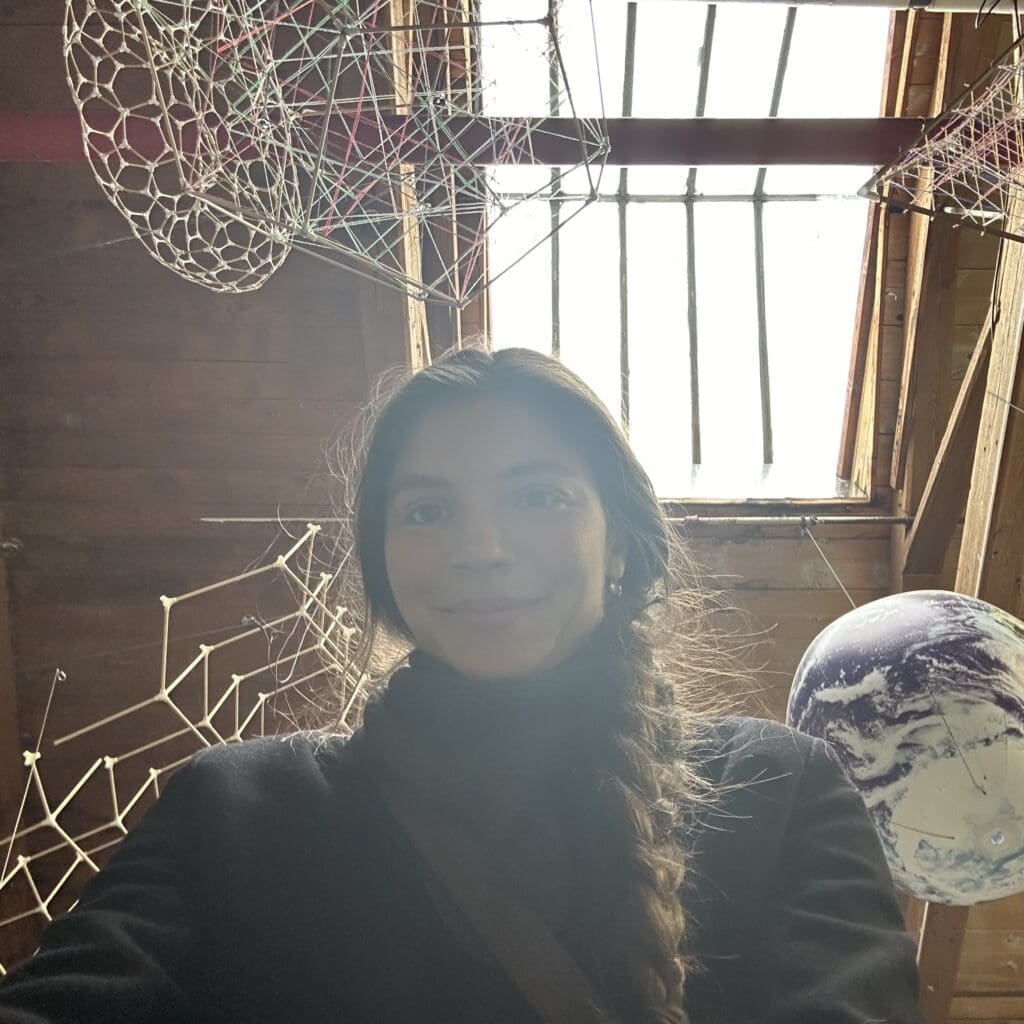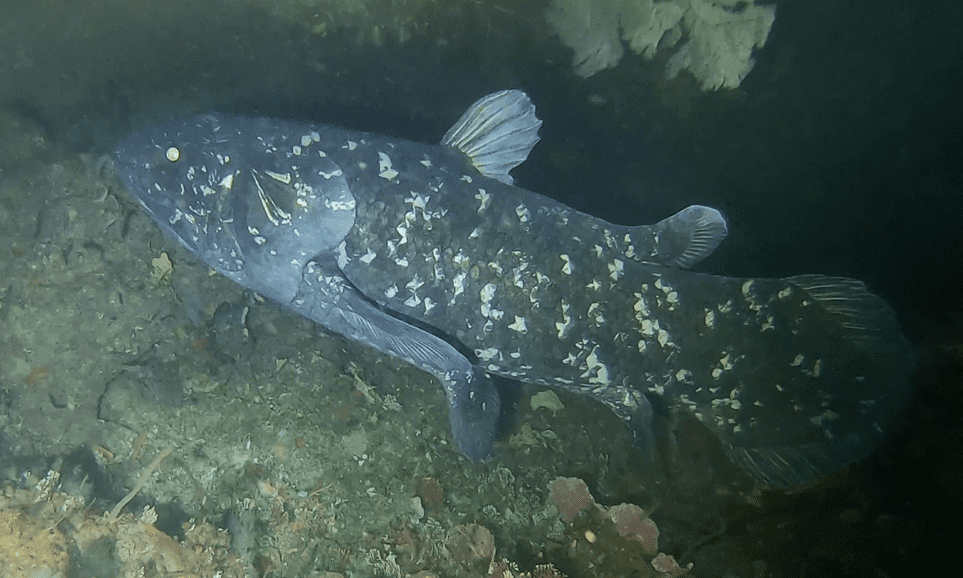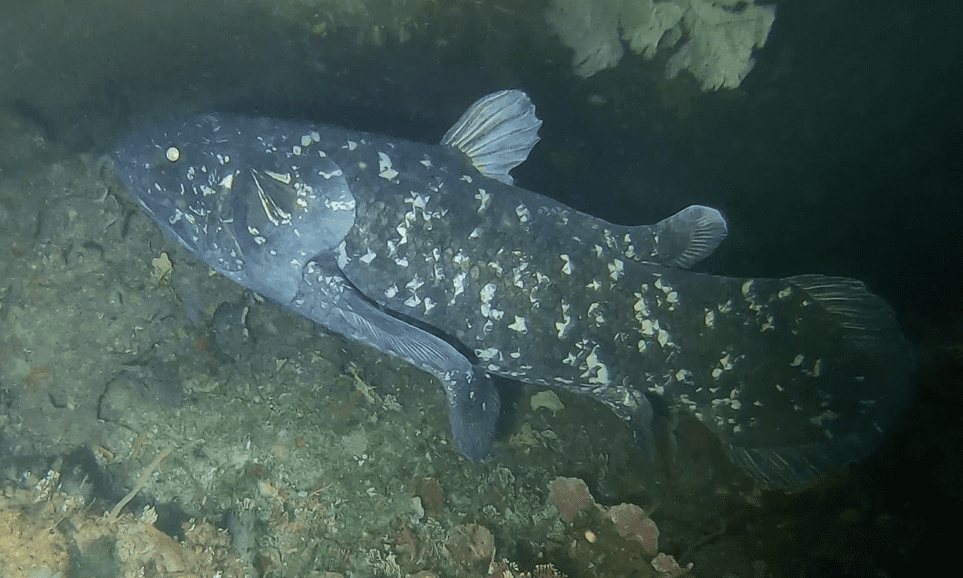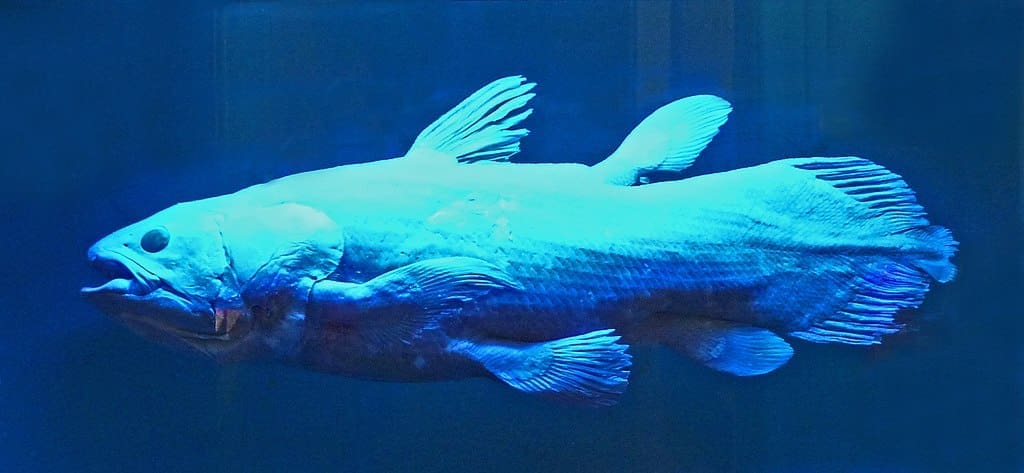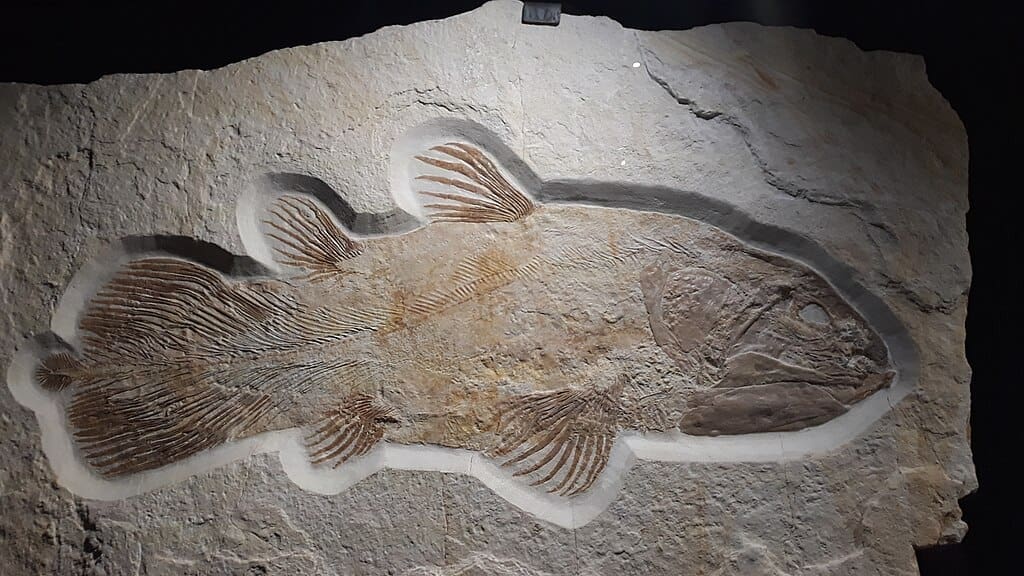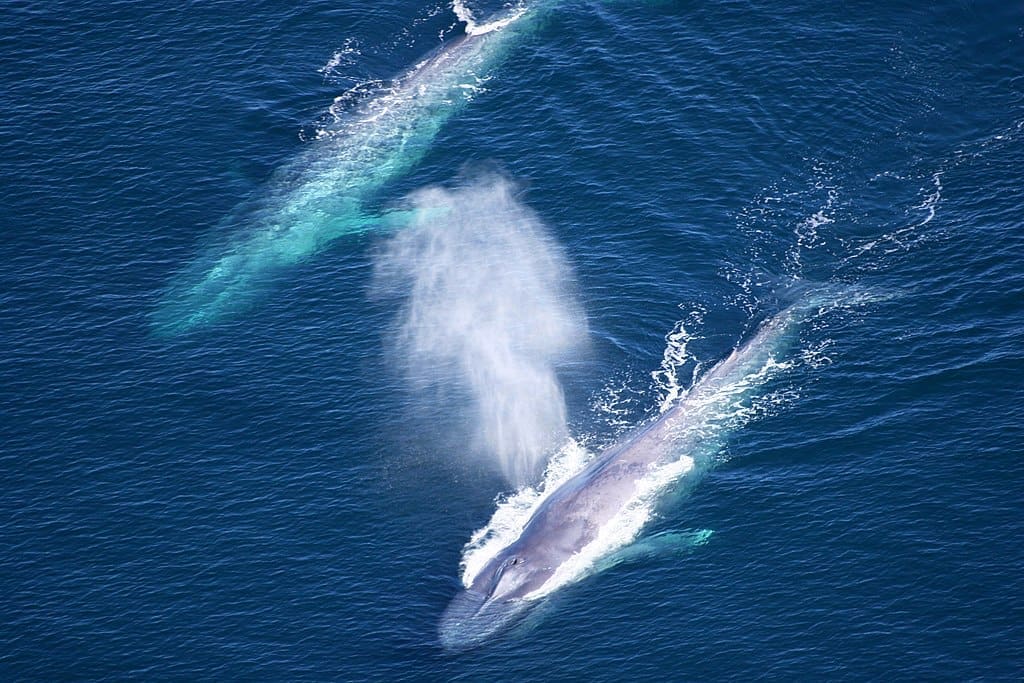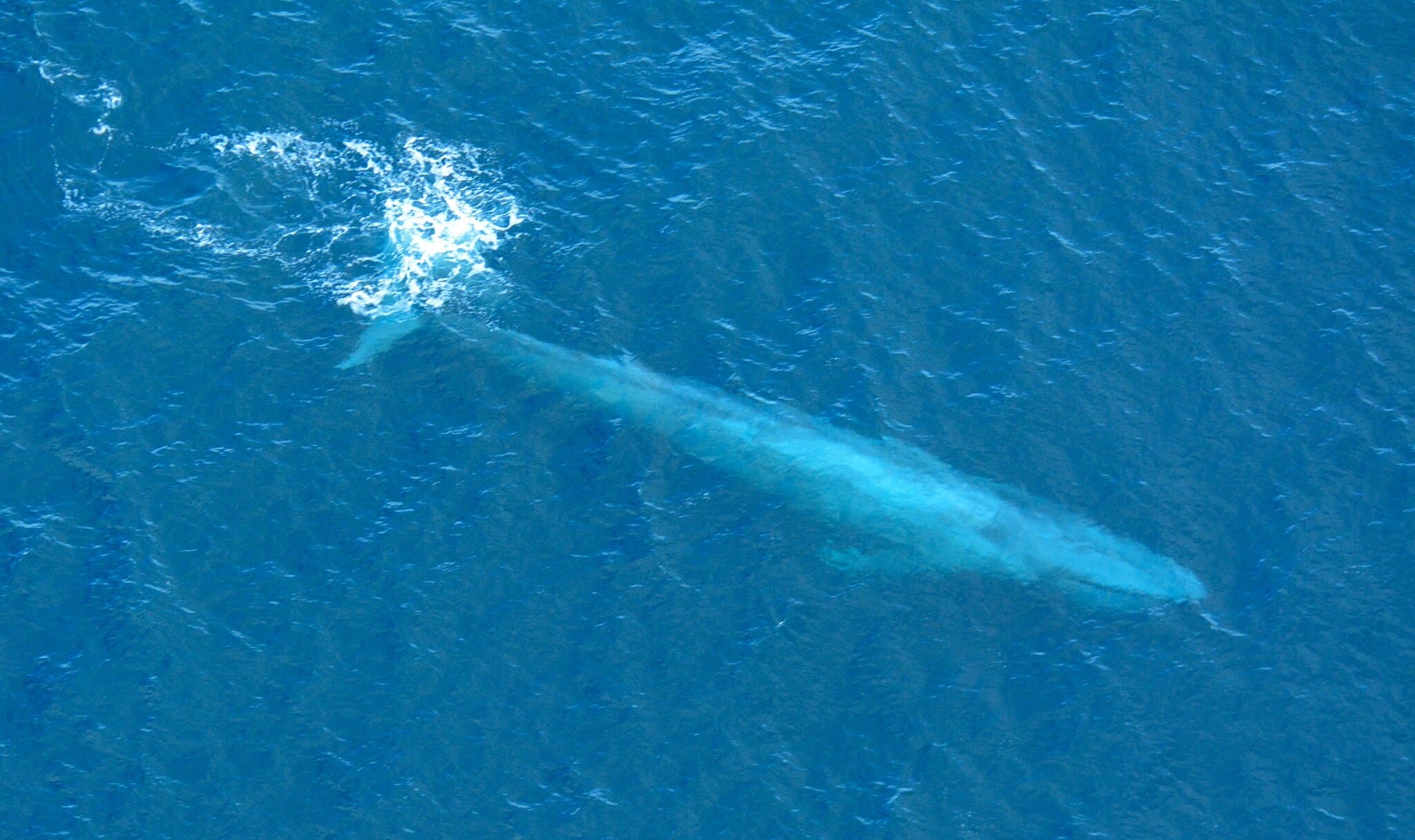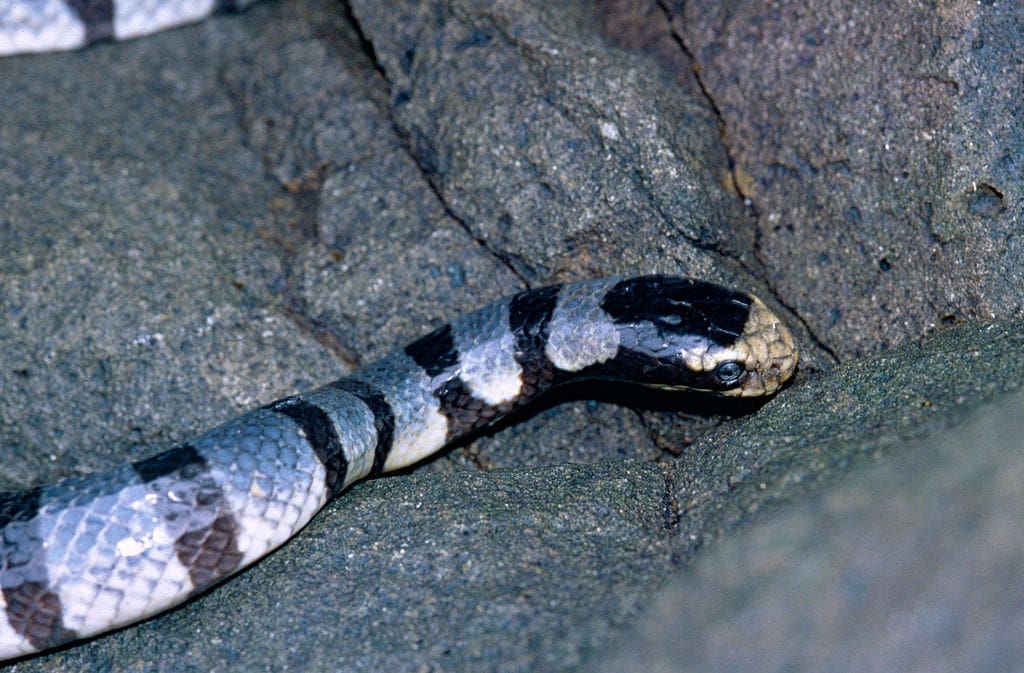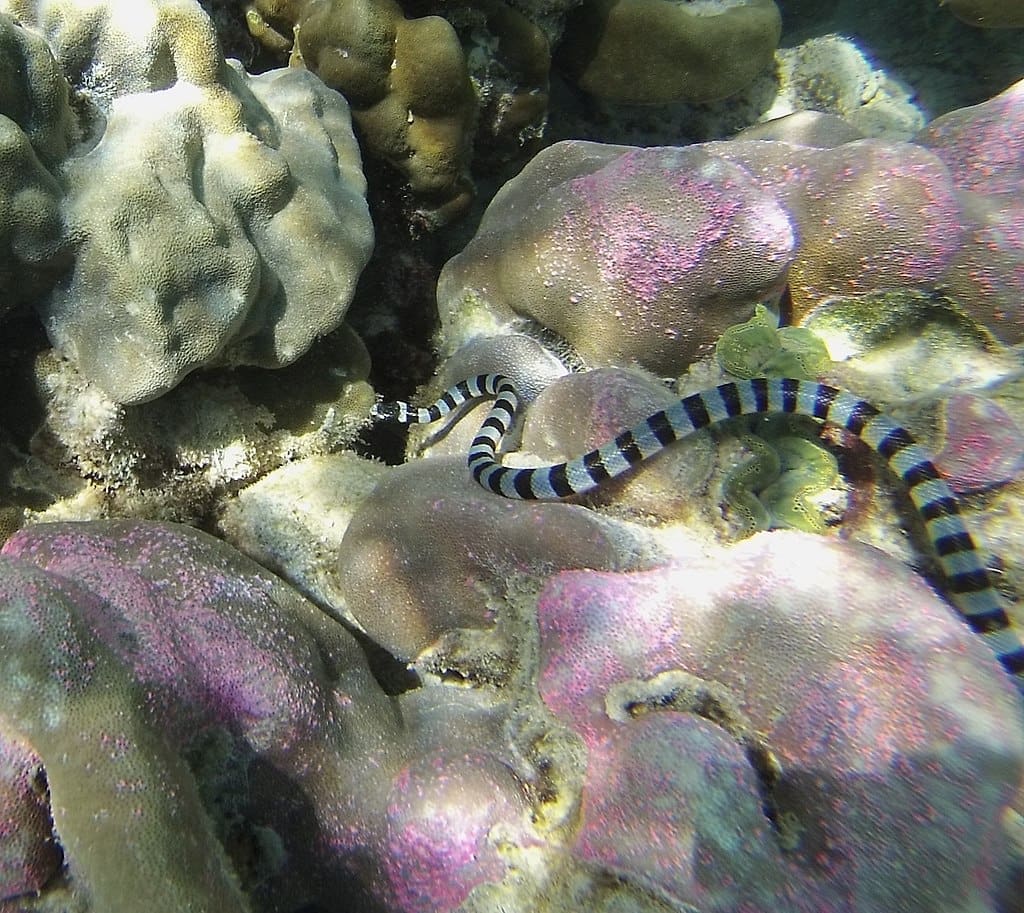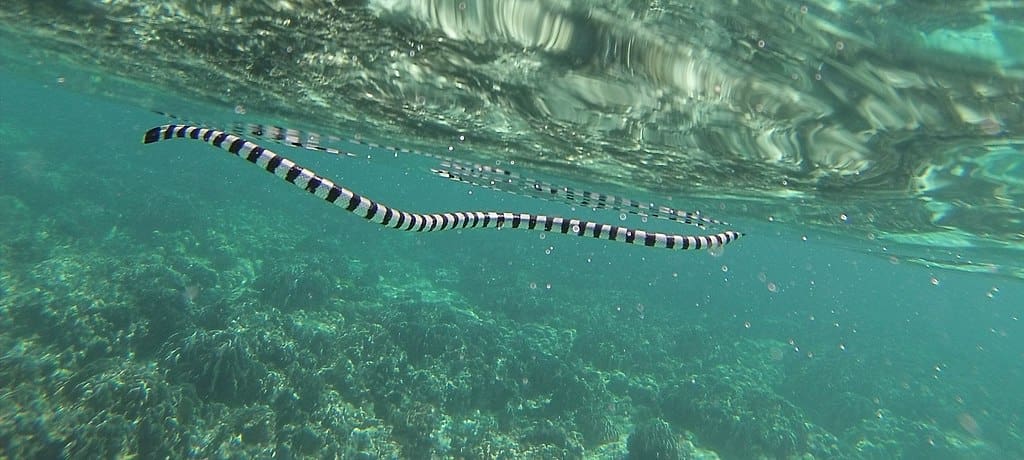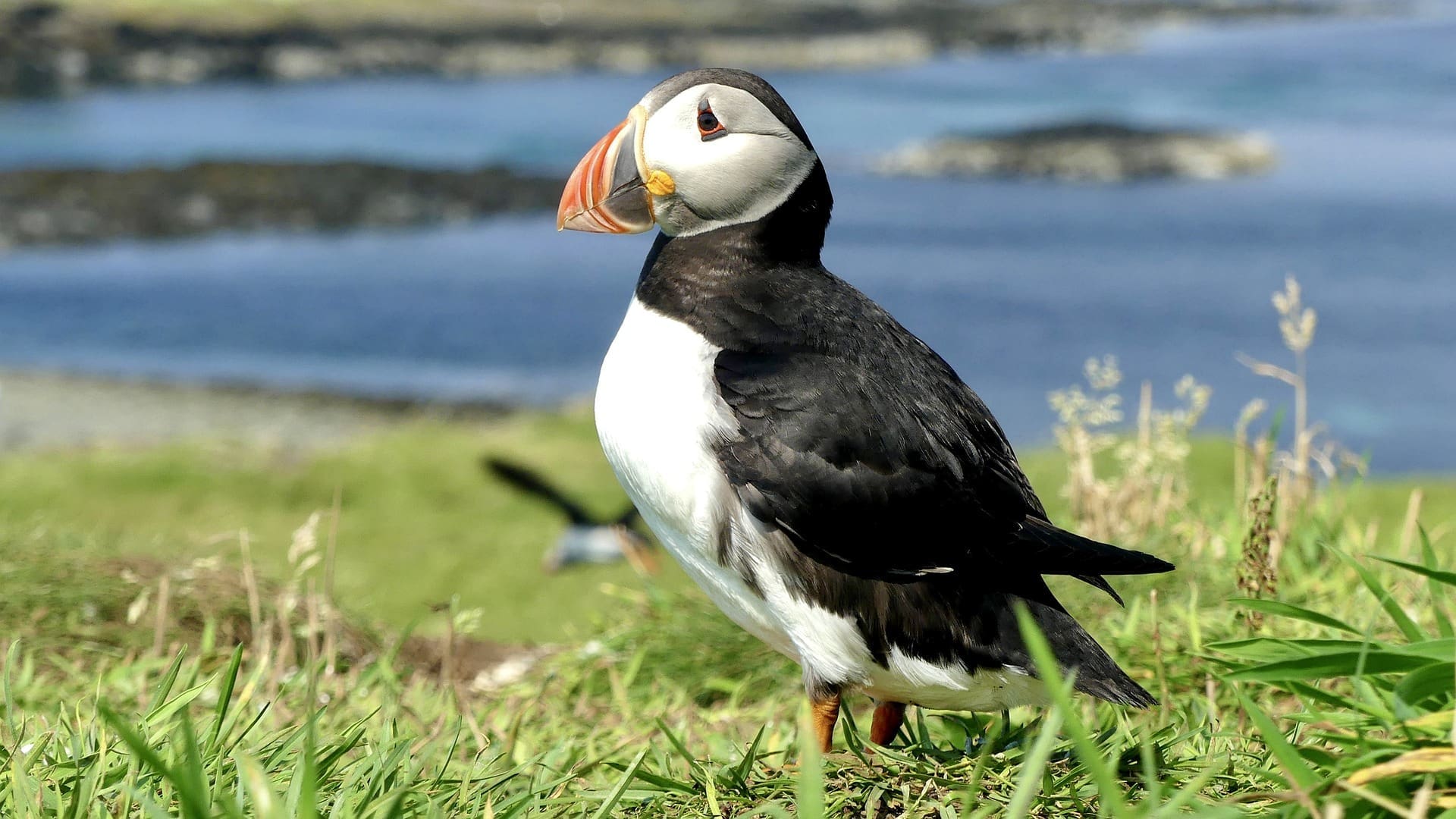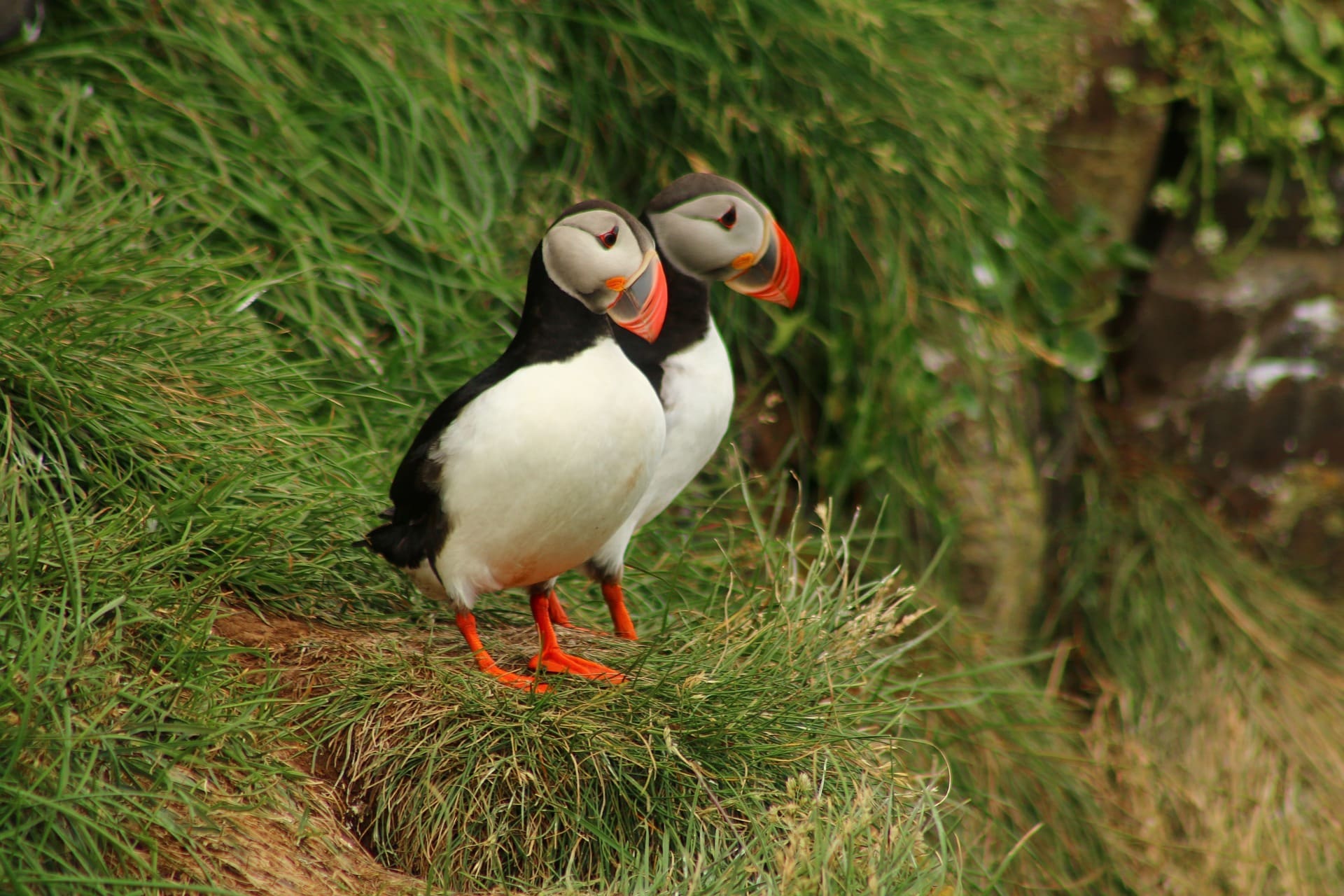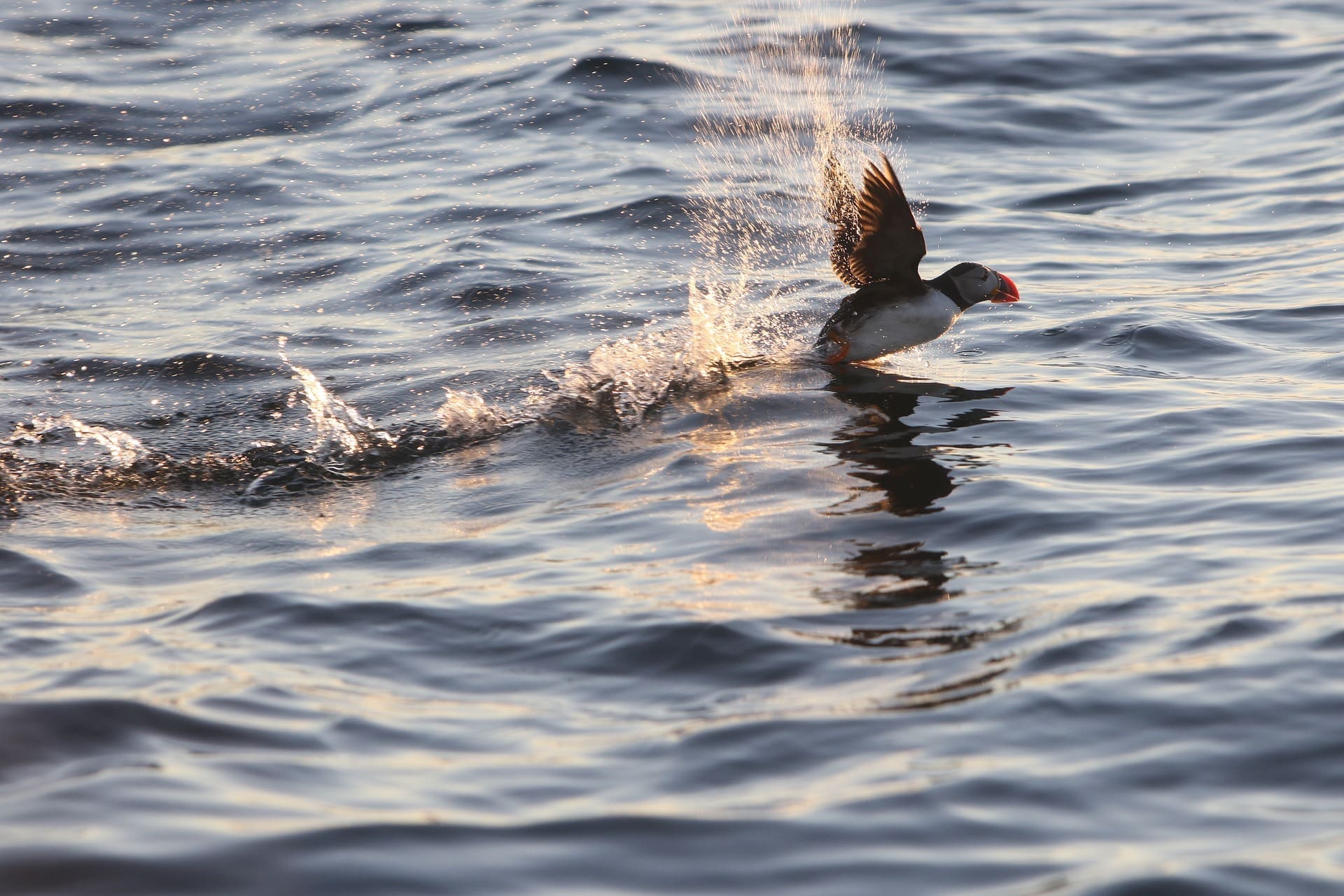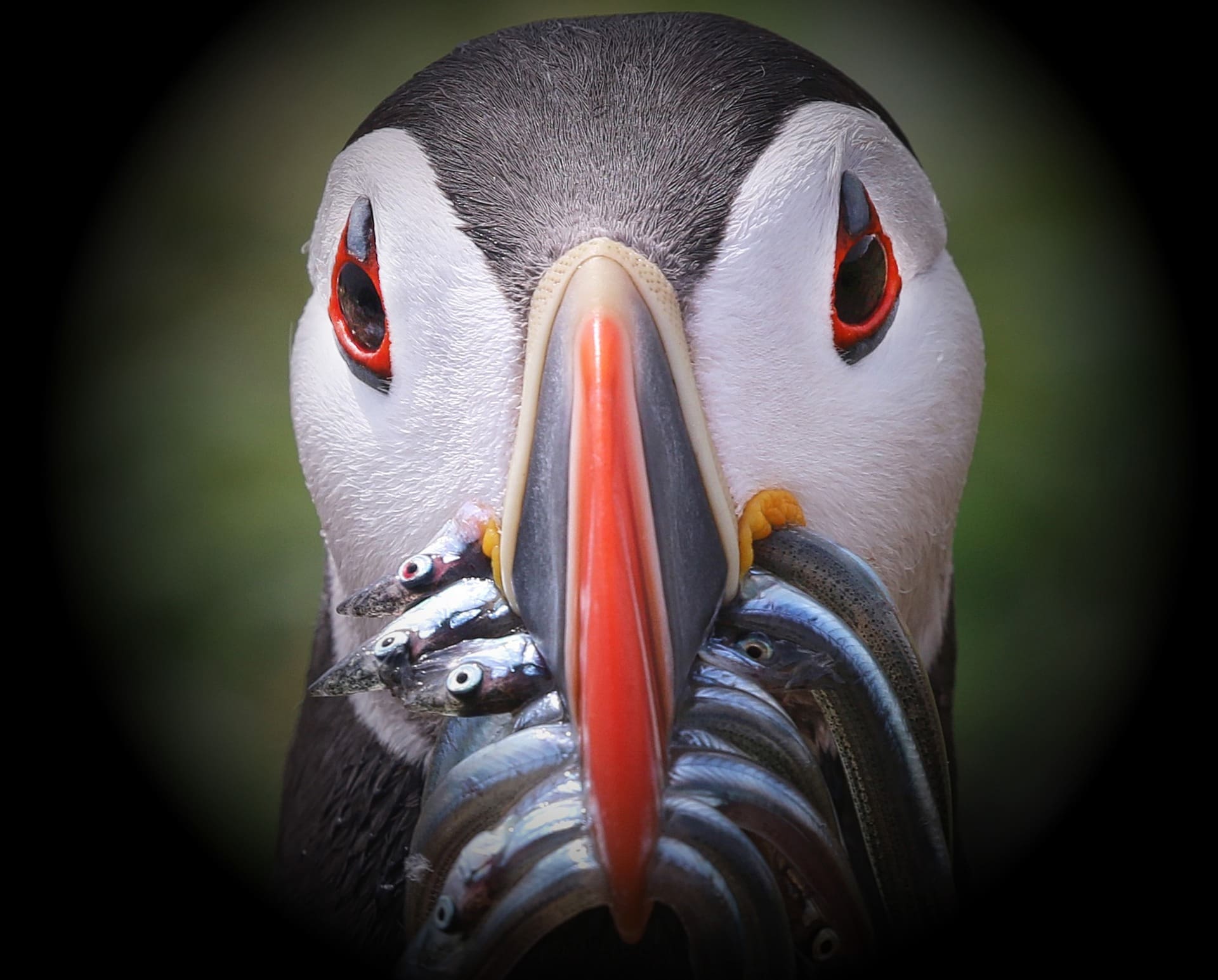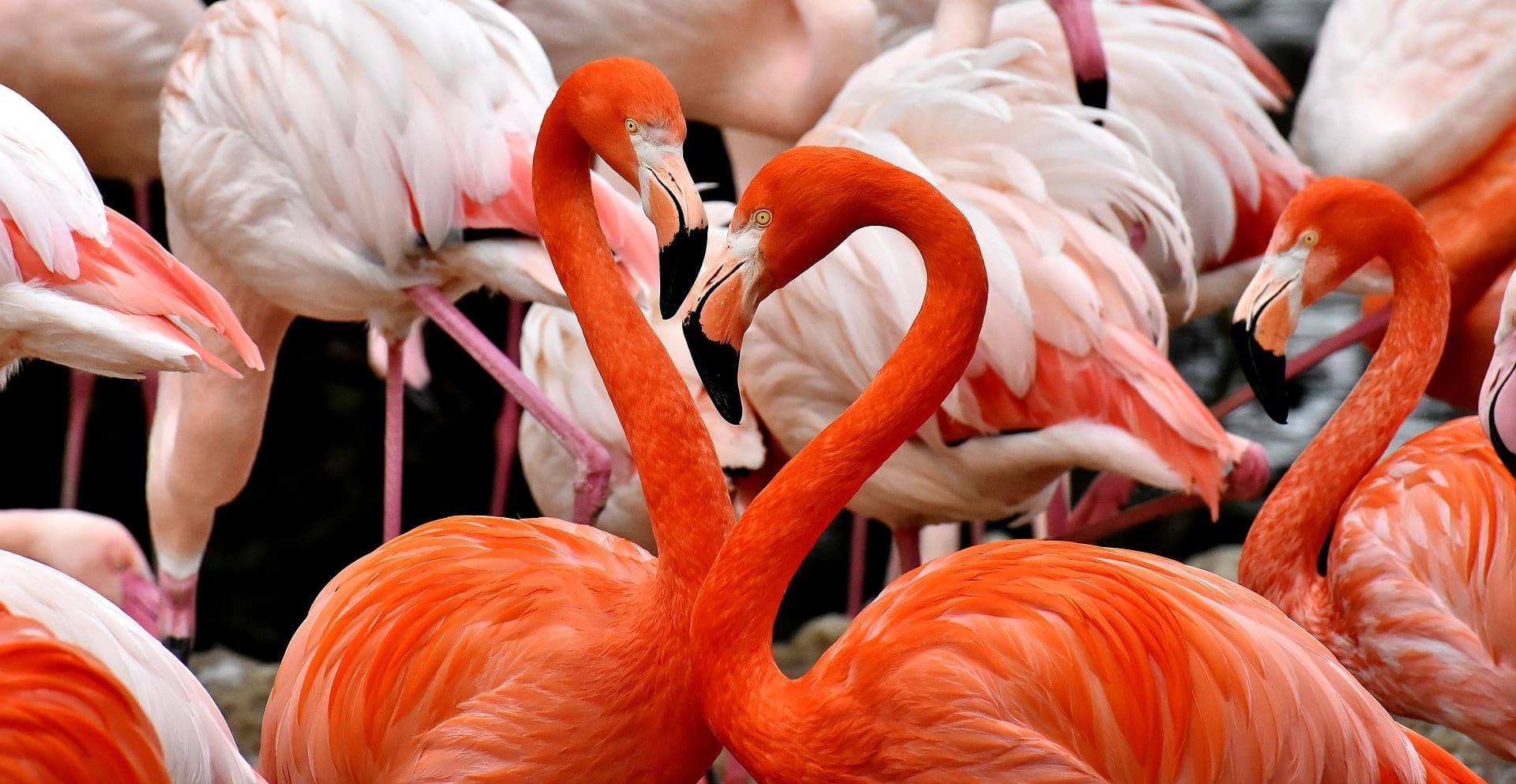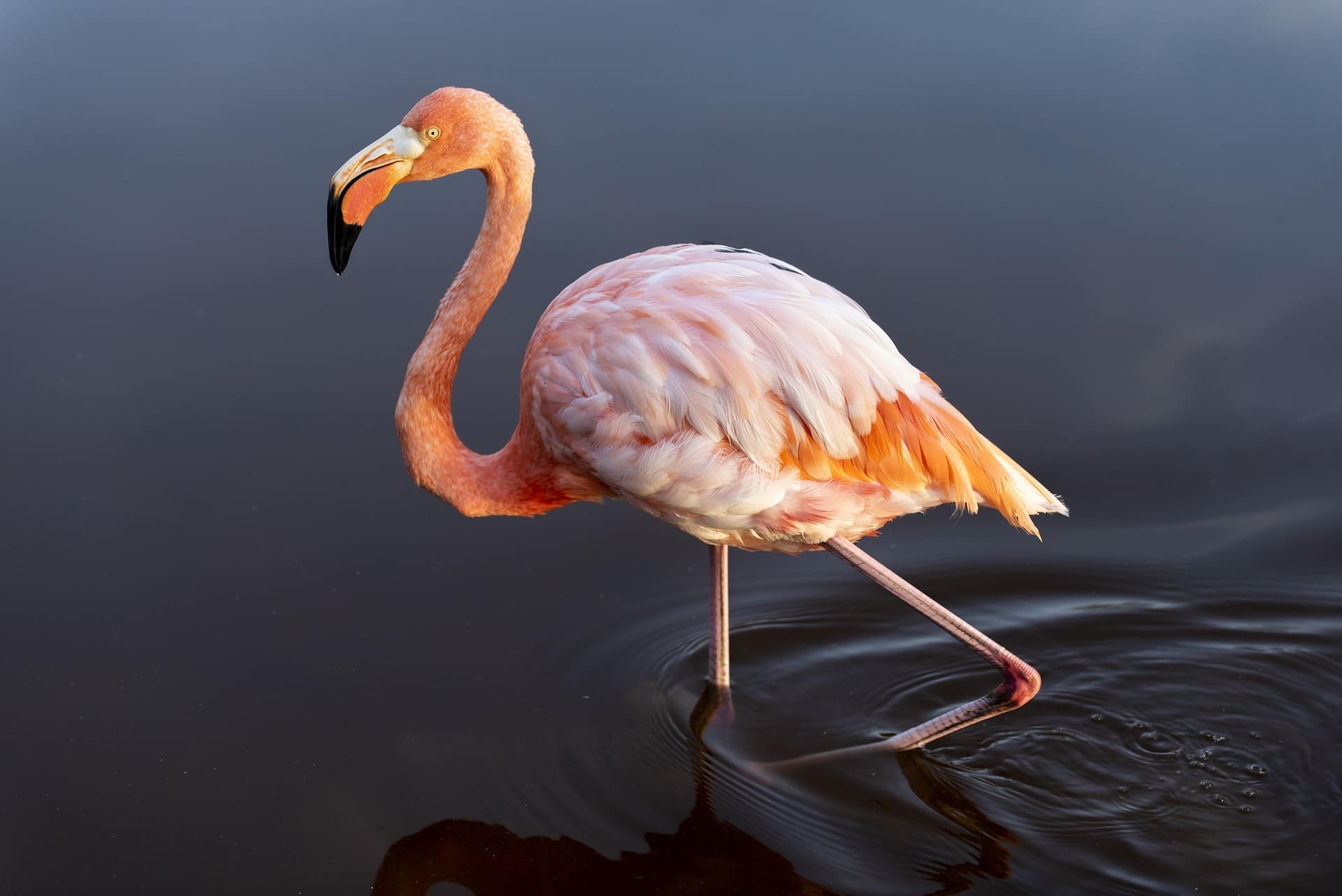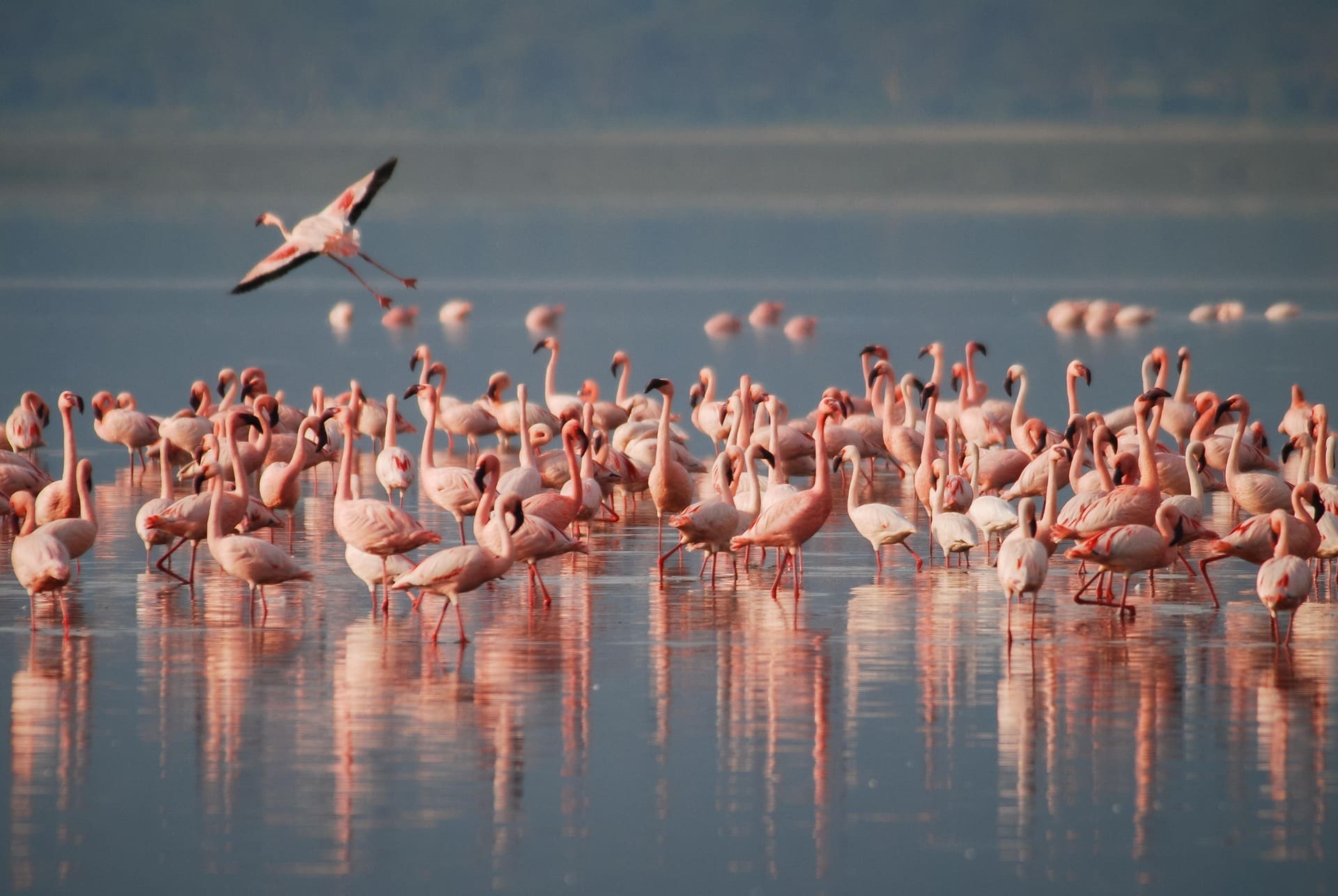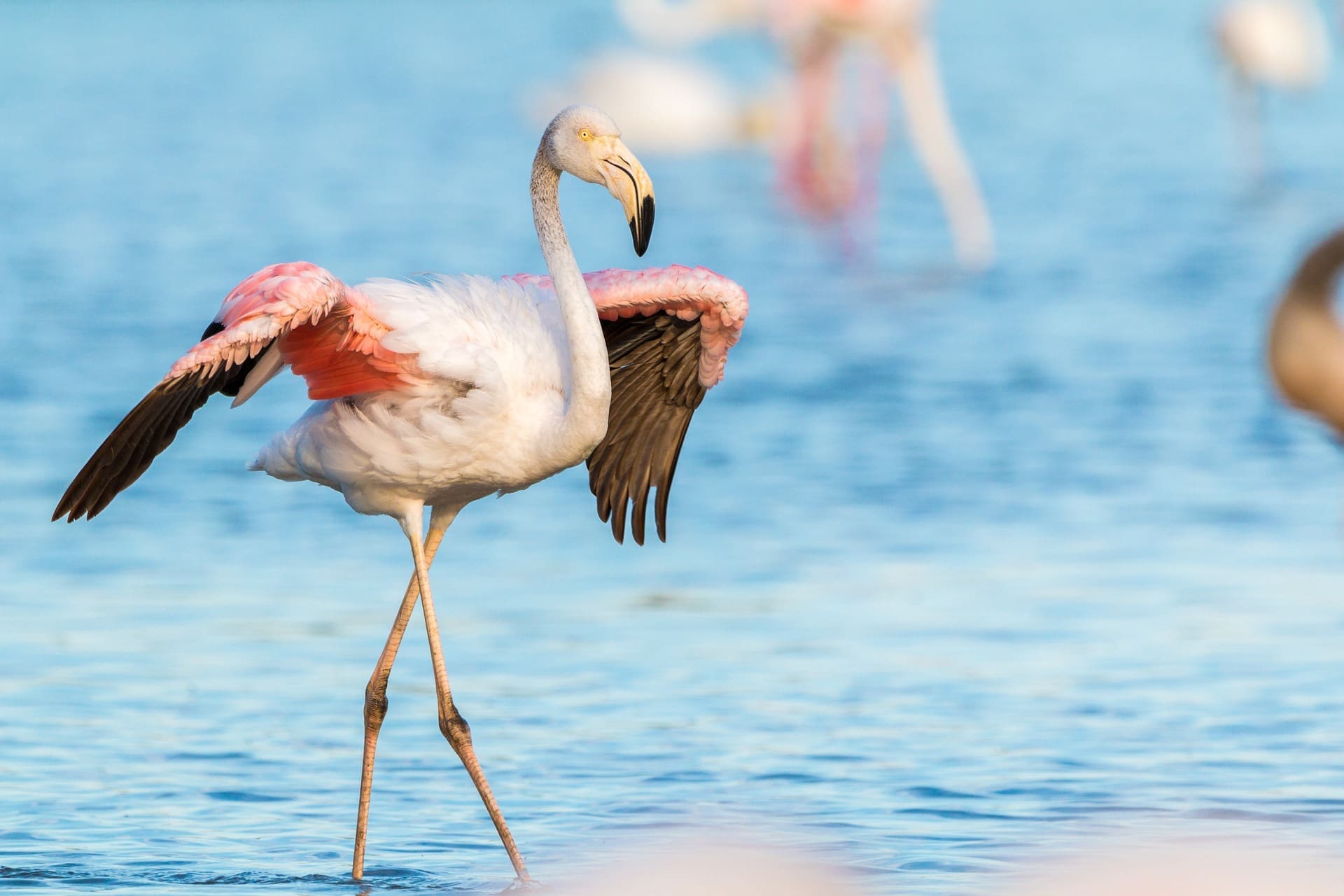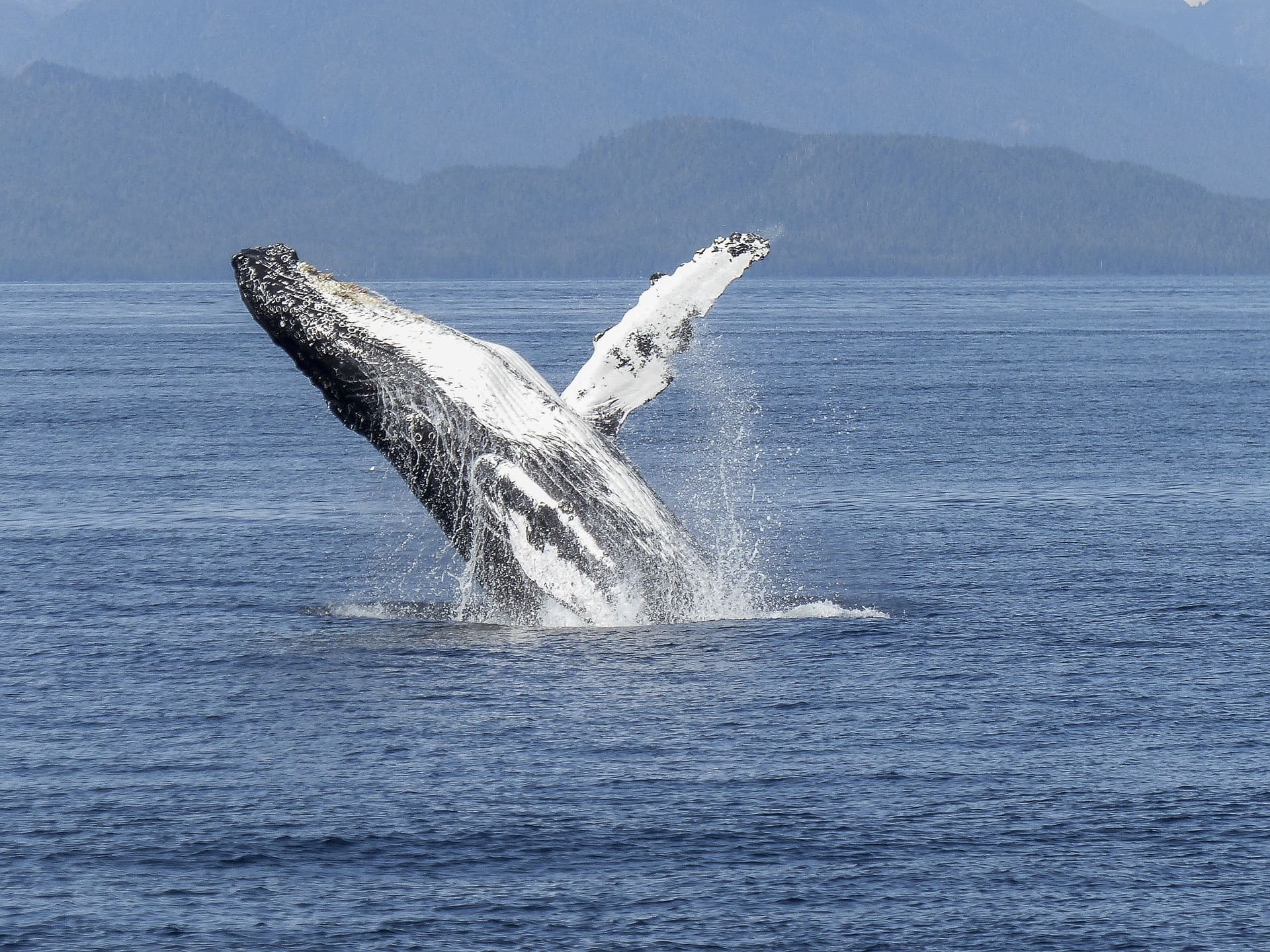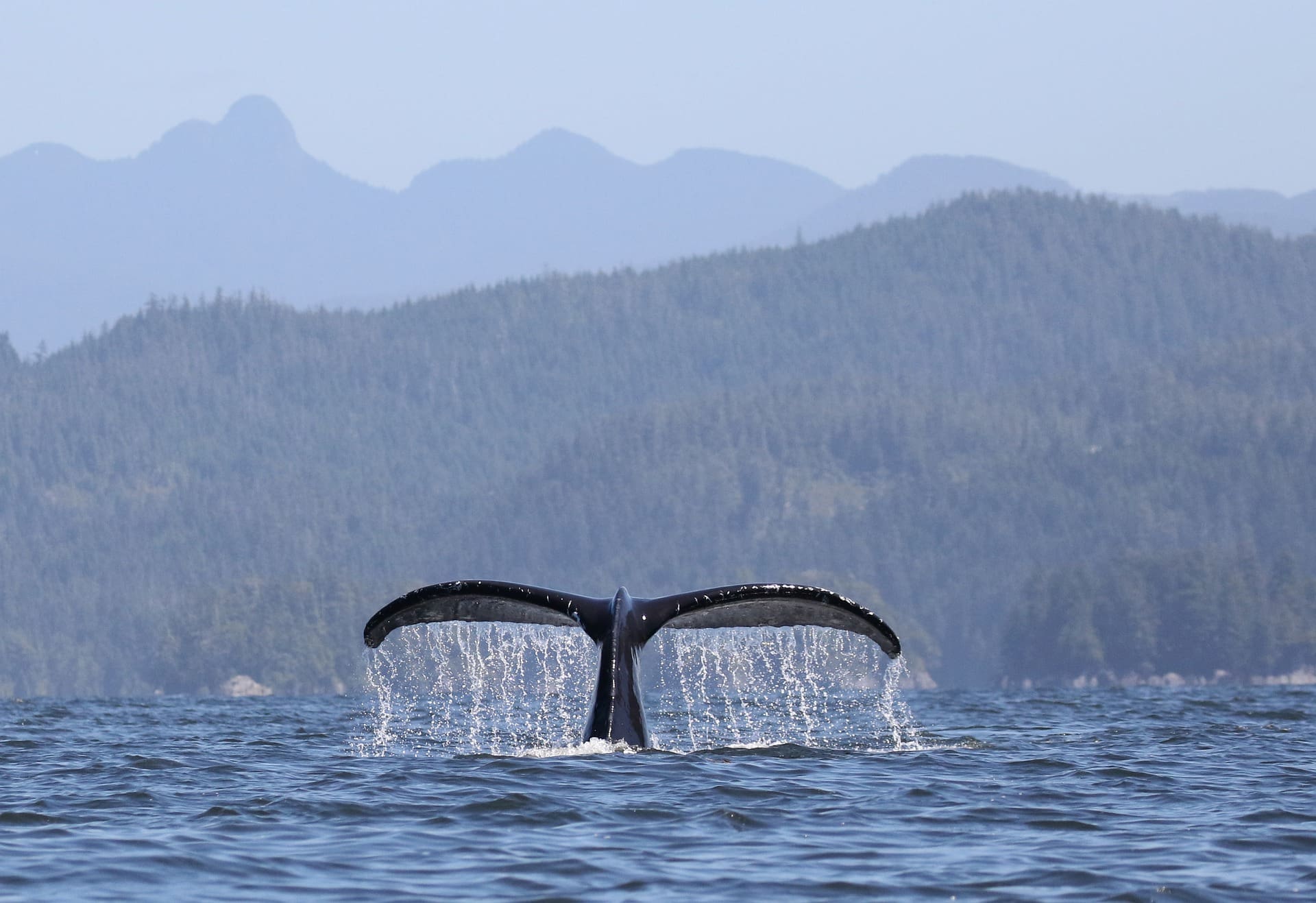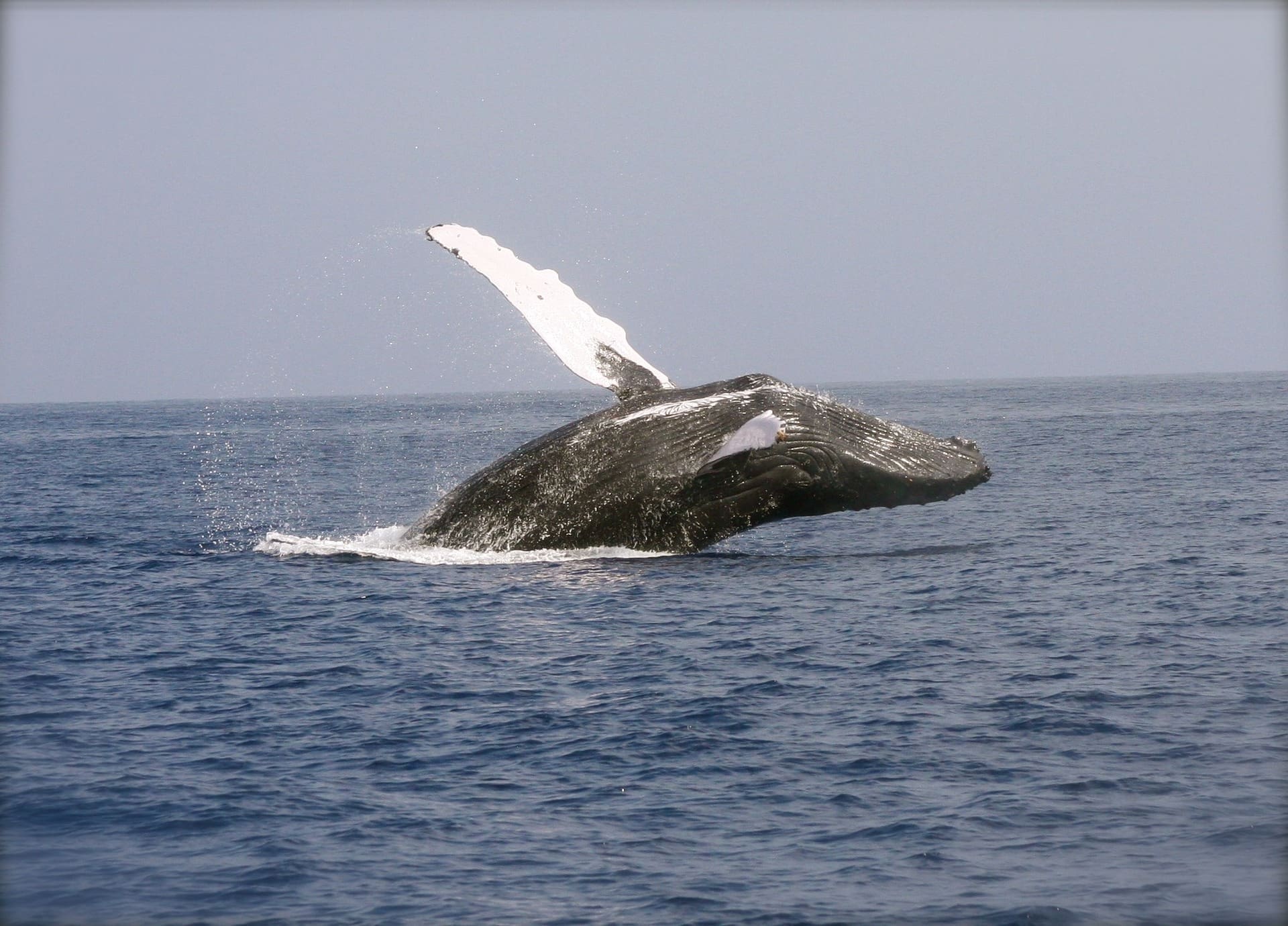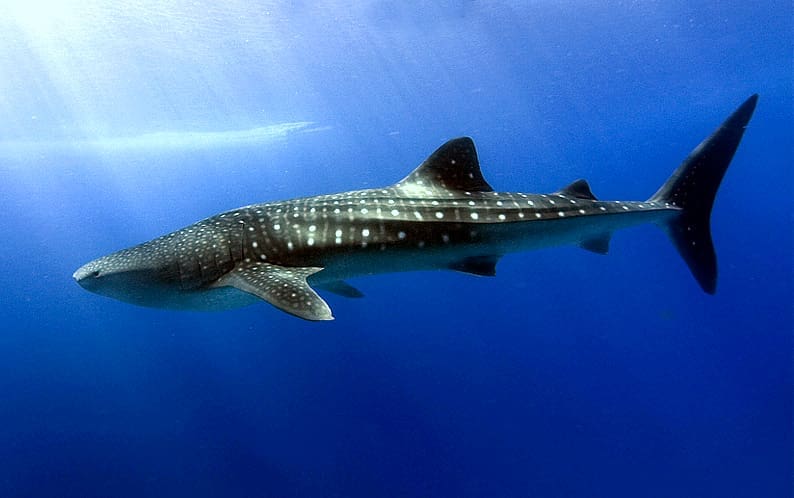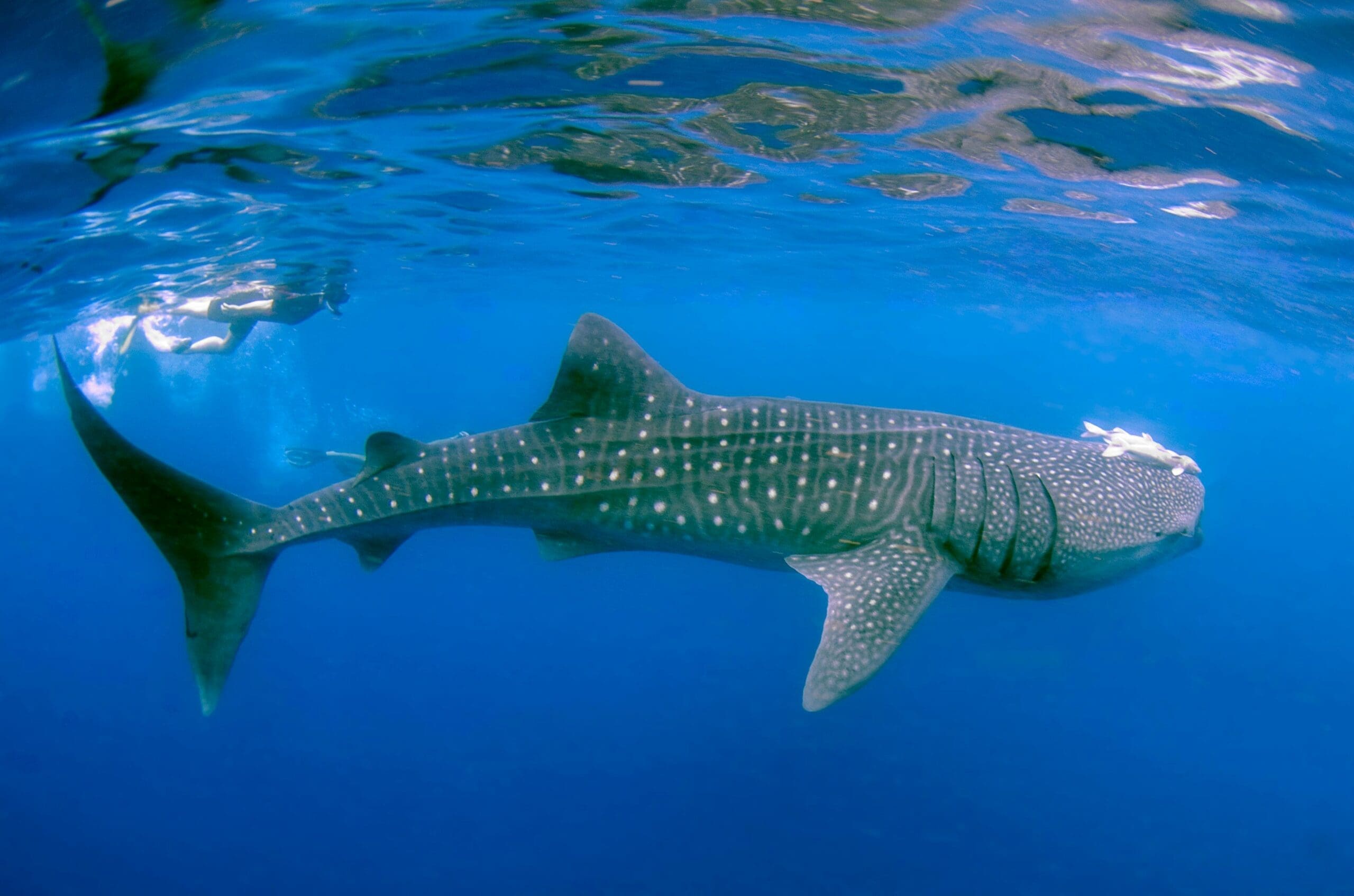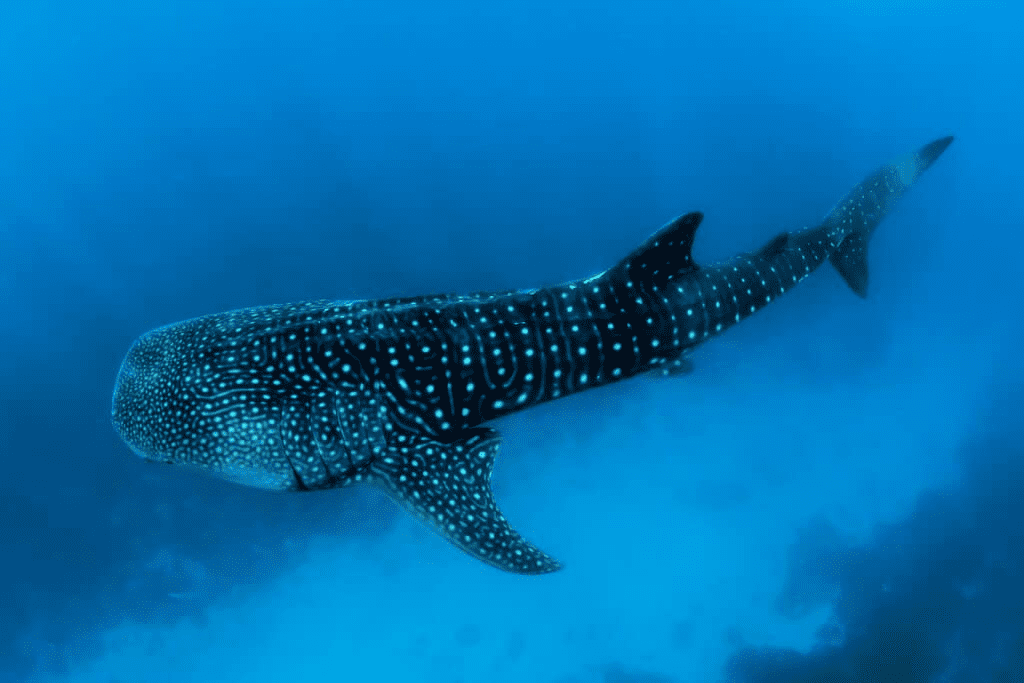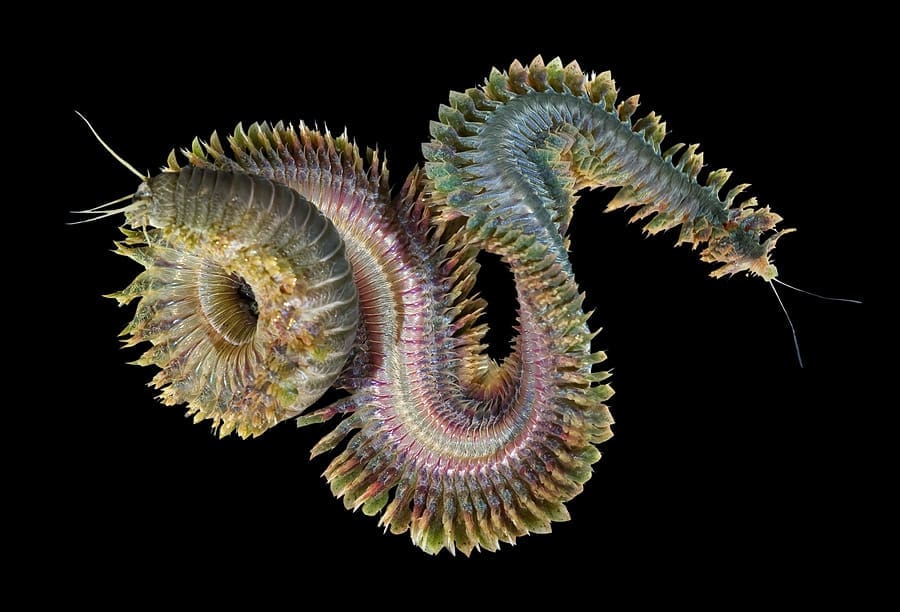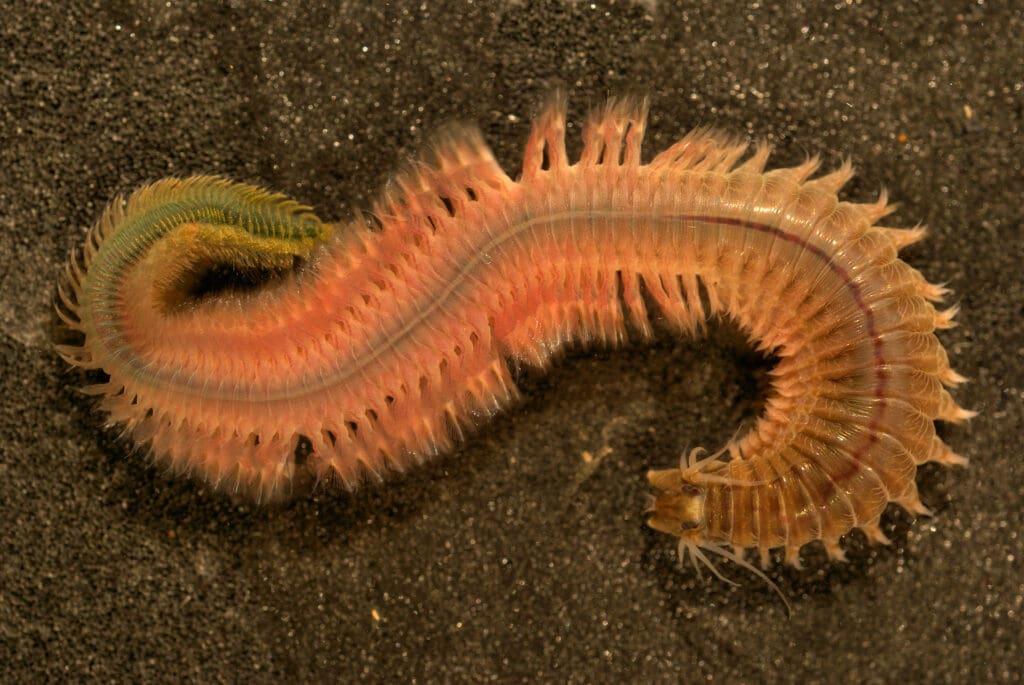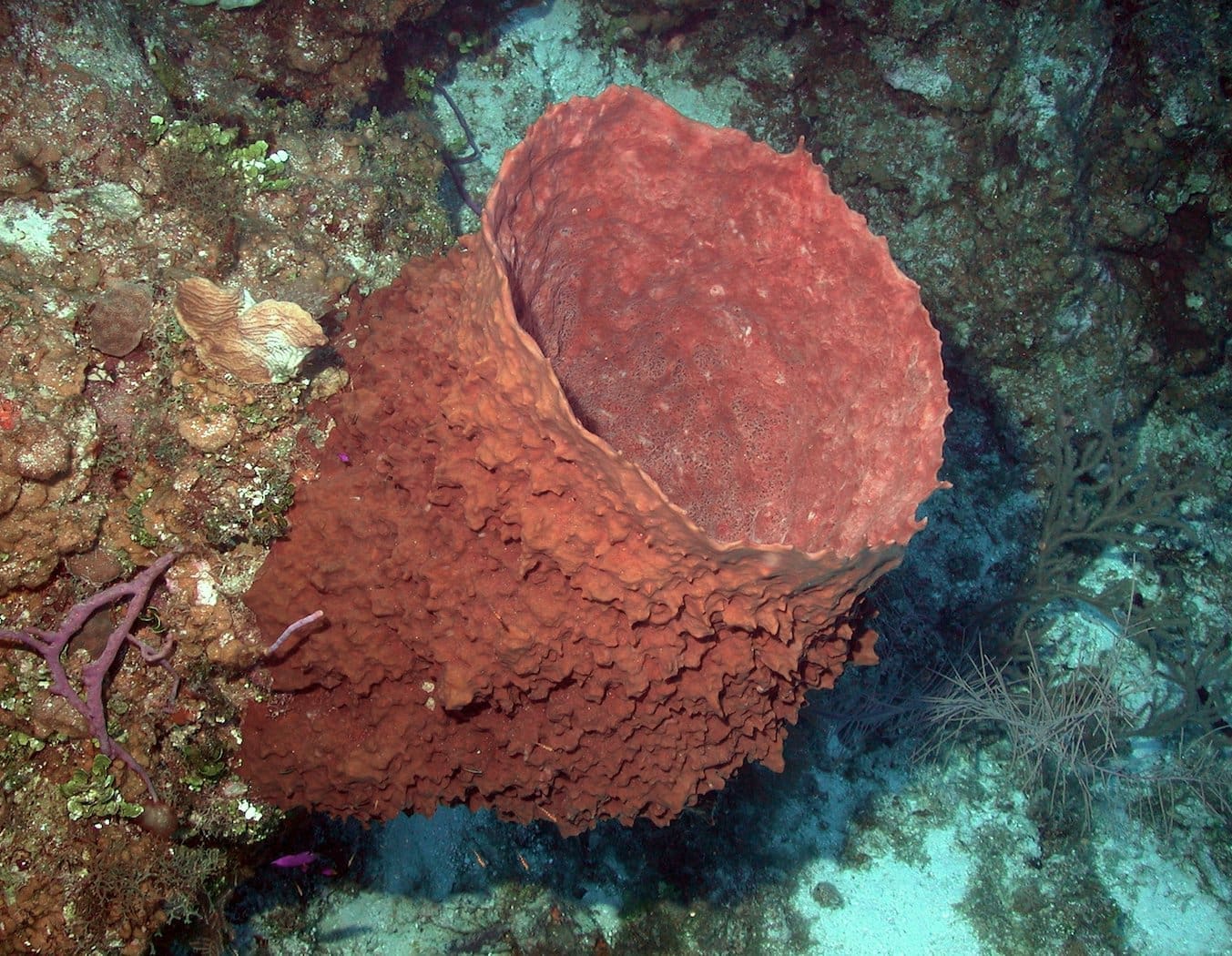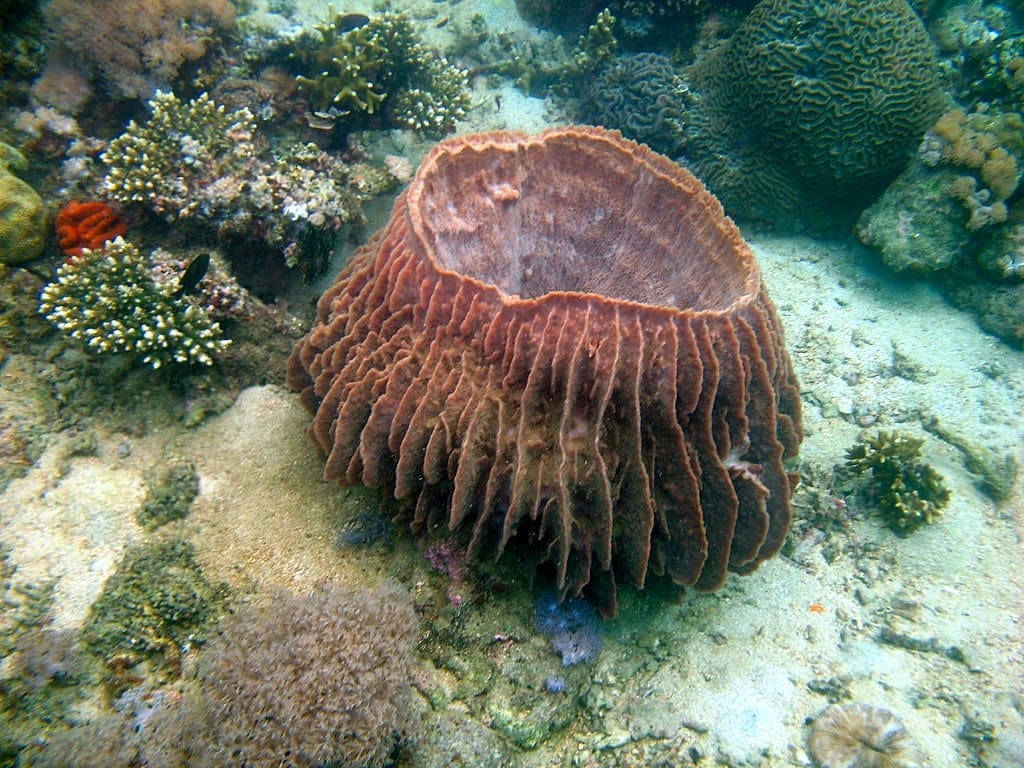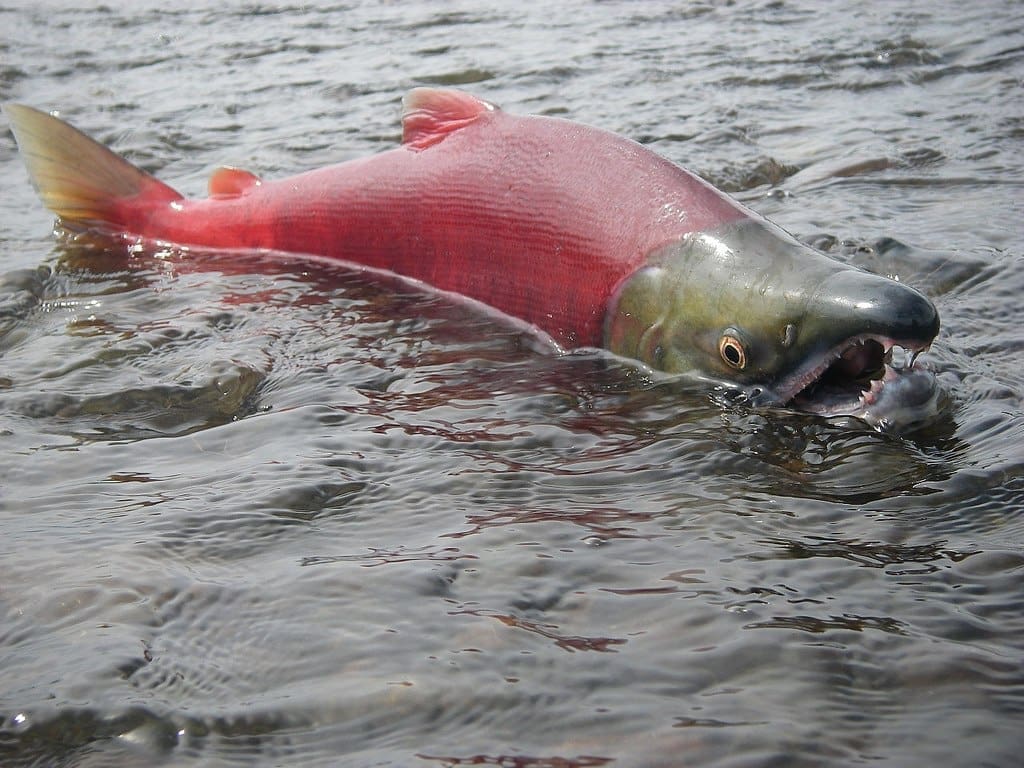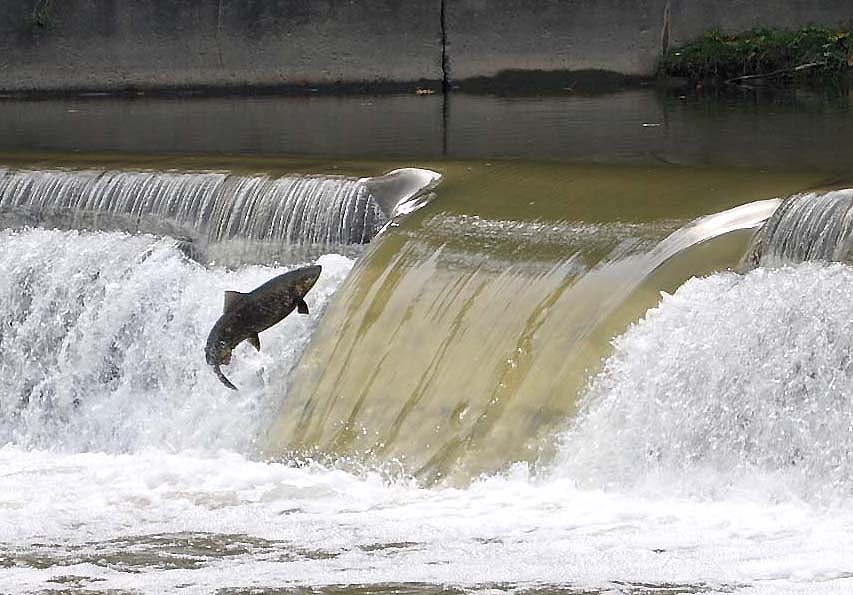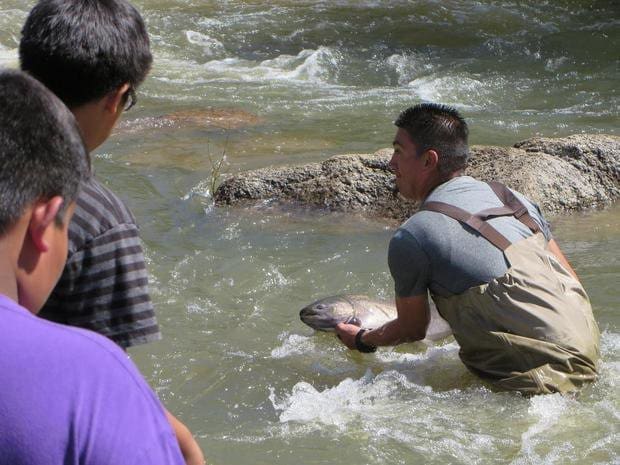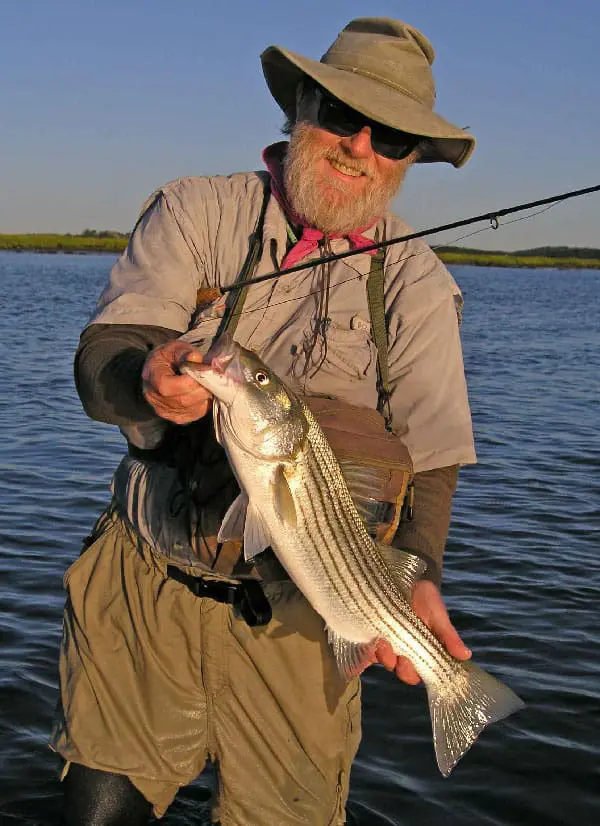What animal was named after an Aztec god, maintains a youthful appearance for its entire life, and can regrow limbs, organs, and even parts of its central nervous system without scarring?
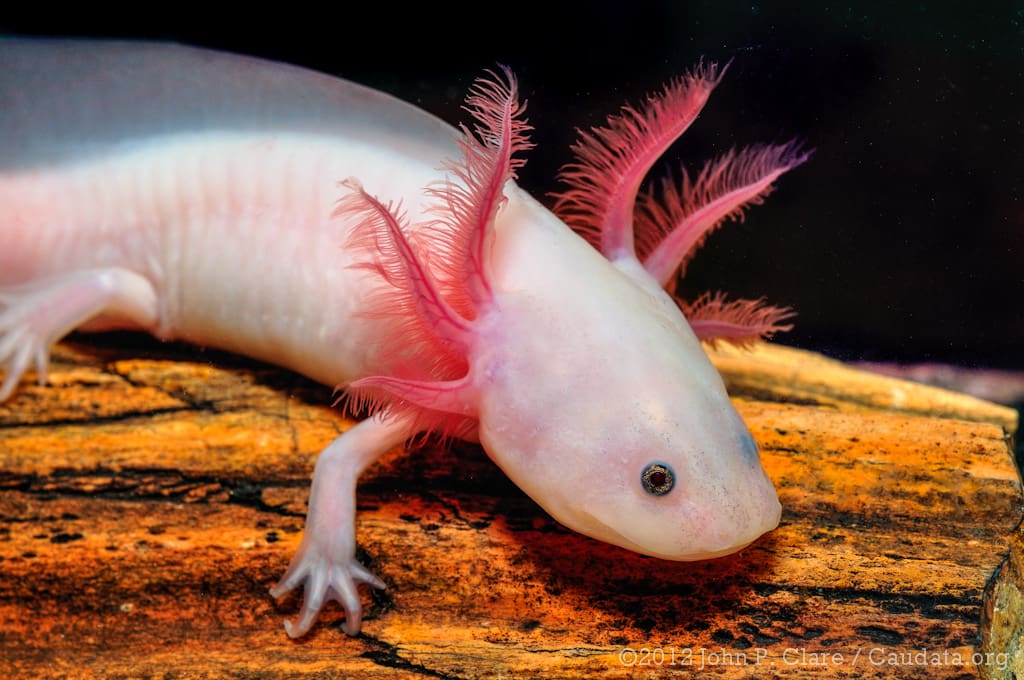
(Image credit: John P Clare via Flickr, CC-BY-NC-SA 2.0)
Axolotls happen to be my favorite of all amphibians! Why? They’re just so darn unique (as you’ll find as you read this profile)! I recall seeing my first batch of axolotls when touring a scientific lab in Cambridge, Massachusetts, and I can say without a doubt that they are cuter in-person (especially the hatchlings) than they are through the screen of a computer or television.
But, a laboratory, you say? Today, far more axolotls exist in captivity or in lab environments than in the wild (we’ll get to their hyper-specific range later). Like much of the more-than-human world, the axolotls’ relationship with research environments has been checkered and controversial. Historically, many of the breakthroughs in axolotl regeneration came from invasive lab studies, a reflection of an older scientific mindset that prioritized discovery over care. Today, more researchers (and the rest of us) are asking: ‘how can we learn from nature without harming it?’
Water Dog? Water Monster?! Hardly!
The axolotl is named after the Aztec god of fire, lightning, monstrosities, sickness, and more… Xolotl (English pronunciation: show-LAH-tuhl), who in art was depicted as a dog-headed man, a deformed monster with reversed feet, or a skeleton. According to the creation myth recounted in the Florentine Codex, after the Fifth Sun was initially created, it did not move. Ehecatl (God of Wind, English pronunciation: e-HE-kah-tuhl), consequently began slaying all of the other gods to induce the newly-created Sun into movement. Xolotl, however, was unwilling to die, and among the creatures he transformed himself into in order to avoid capture was an axolotl. In the end, his effort was in vain.
With all of that mythological backstory out of the way, common translations from Nahuatl (the language of the Aztecs) for the axolotl include “water monster” and sometimes “water dog”. Of course, looking at an axolotl, it is obviously not a dog, and CERTAINLY not a monster.
The Peter Pan of Salamanders
No, I didn’t come up with that phrase myself. Numerous sources, including The Nature Conservancy, have compared the axolotl to “The Boy Who Never Grew Up”. Axolotls are members of the salamander family, and salamanders usually undergo a process called metamorphosis to become adults. It’s very much like how a tadpole becomes a frog, replacing their gills for lungs, and moving around on land. One unique feature of the axolotl is that they never undergo metamorphosis. Rather, they keep their frilly external gills and other juvenile features, and remain in the water for their lifetime. Even though they look like the “tadpole” form of most salamanders, they do become adults in the sense that they are able to reproduce, and grow larger compared to when they hatched (typically up to 9–12 inches (23–30 cm)). This condition or characteristic is known as neoteny.

A Salamander Superpower
Axolotls are also known for a few other “salamander superpowers,” especially their remarkable ability to regenerate. If a limb, tail, or even part of an organ is lost to injury or predation in the wild, the axolotl simply grows it back, perfectly. Limbs can regenerate multiple times over the course of the axolotl’s life without scarring, and every tissue involved is rebuilt: bone, cartilage, muscle, skin, blood vessels, and nerves. And yes, I said organs too. Limited parts of the heart, lungs, spine, and brain can regenerate as well, and remain fully functional.
While going into detail about just how this regeneration is done would fill a library, from what we know this process starts with a flurry of biological coordination. After an injury, certain skin and muscle cells near the wound site essentially “reset” themselves, reverting to a stem-cell-like state. These cells gather into a small mound called a blastema, not too different from the buds that grow into limbs in a developing embryo. From there, guided by molecular cues from the surrounding tissues, that blastema begins reconstructing the missing part, layer by layer, in perfect proportion and order. Nerves and blood vessels regrow too, restoring full function.
Axolotls are able to do all this without forming scar tissue — a key difference from most other vertebrates. Non-invasive researchers studying regeneration from an ecological perspective believe this may be due in part to the axolotl’s highly tuned immune response, which seems to encourage healing rather than halt it. Perhaps owing to this physiological philosophy, axolotls also appear to be extraordinarily resistant to cancer. Their cells seem to have built-in checks that limit runaway growth even during rapid regeneration. Do the same mechanisms that allow for precise, rapid regeneration also give the axolotl greater control over proliferating cancerous cells?
A Keystone AND Indicator Species
Axolotls are classified as a keystone species–one that plays a crucial role in maintaining the health and diversity of their native ecosystem(s), as their actions significantly impact the environment and other species. What exactly do axolotls do that impacts their local ecosystem and environment? Axolotls are carnivores, by ingesting with a vacuuming-like maneuver (and thus, controlling populations) various small animals, including insects and their larvae, worms, crustaceans, mollusks, and even small fish. By doing so, they keep these populations in check and help to maintain the balance of their aquatic environment.
Axolotls are also an indicator species–one that is particularly responsive to changes in their environment, which can then be used to assess the health of an ecosystem, the quality of a particular habitat, and/or the impact of human activities. In the case of the axolotl, their sensitivity to changes in water quality, temperature, and pollution levels make them a living, breathing, warning system. A decline in populations of axolotls will often signal broader environmental degradation or changes.
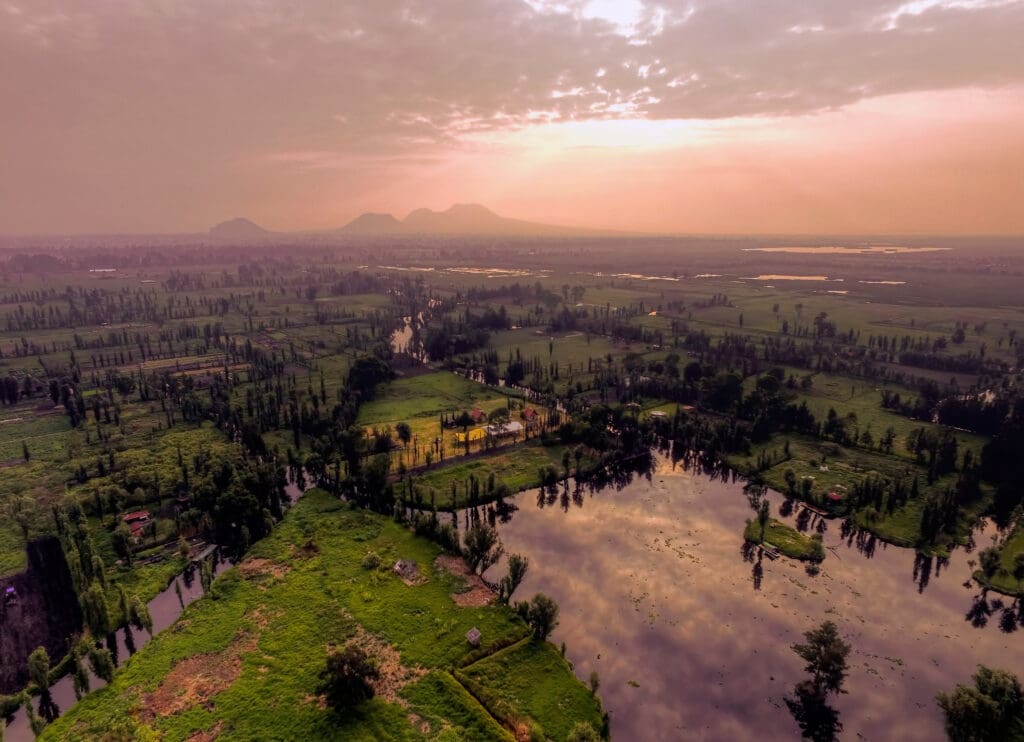
Pablo Leautaud, CC BY-NC 2.0
Even Superheroes Need Help
Wild axolotls are found in only two (dwindling) places: Lakes Xochimilco and Chalco in the southern reaches of Mexico City. Though they may be eaten by storks, herons, and large fish from time-to-time, their biggest threats are urbanization and pollution of the lakes in which they live.
Life in the manmade canals of Xochimilco, a once-thriving agroecological system, has put the axolotl on a daily collision course with humans and a more extractive built environment. These waterways were once part of chinampa farming, an ancient, sustainable method that supported both people and native species. But centuries of colonial disruption, urban expansion, and pollution have degraded the ecosystem. Today, most of Xochimilco’s water is too toxic to support native life, and axolotls are left struggling to survive in what was once their ecological stronghold.
Their persistent decline has also been attributed to predation from introduced invasive fish and large birds, as well as overfishing for both food and medicinal purposes. They are currently listed as Critically Endangered by the IUCN Red List. While estimates of the number of mature wild individuals are hard to come by and not always reliable, most sources report between 50-1,000, versus at least a million in captivity.
To save wild populations of axolotls, a species recovery plan needs to involve habitat management and restoration before any other measure, such as further axolotl reintroductions. Any reintroduction efforts should take care to avoid introducing potential diseases or genetic problems from captive colonies to wild ones.

Sienna Weinstein is a wildlife photographer, zoologist, and lifelong advocate for the conservation of wildlife across the globe. She earned her B.S. in Zoology from the University of Vermont, followed by a M.S. degree in Environmental Studies with a concentration in Conservation Biology from Antioch University New England. While earning her Bachelor’s degree, Sienna participated in a study abroad program in South Africa and Eswatini (formerly Swaziland), taking part in fieldwork involving species abundance and diversity in the southern African ecosystem. She is also an official member of the Upsilon Tau chapter of the Beta Beta Beta National Biological Honor Society.
Deciding at the end of her academic career that she wanted to grow her natural creativity and hobby of photography into something more, Sienna dedicated herself to the field of wildlife conservation communication as a means to promote the conservation of wildlife. Her photography has been credited by organizations including The Nature Conservancy, Zoo New England, and the Smithsonian’s National Zoo and Conservation Biology Institute. She was also an invited reviewer of an elephant ethology lesson plan for Picture Perfect STEM Lessons (May 2017) by NSTA Press. Along with writing for Bio4Climate, she is also a volunteer writer for the New England Primate Conservancy. In her free time, she enjoys playing video games, watching wildlife documentaries, photographing nature and wildlife, and posting her work on her LinkedIn profile. She hopes to create a more professional portfolio in the near future.

